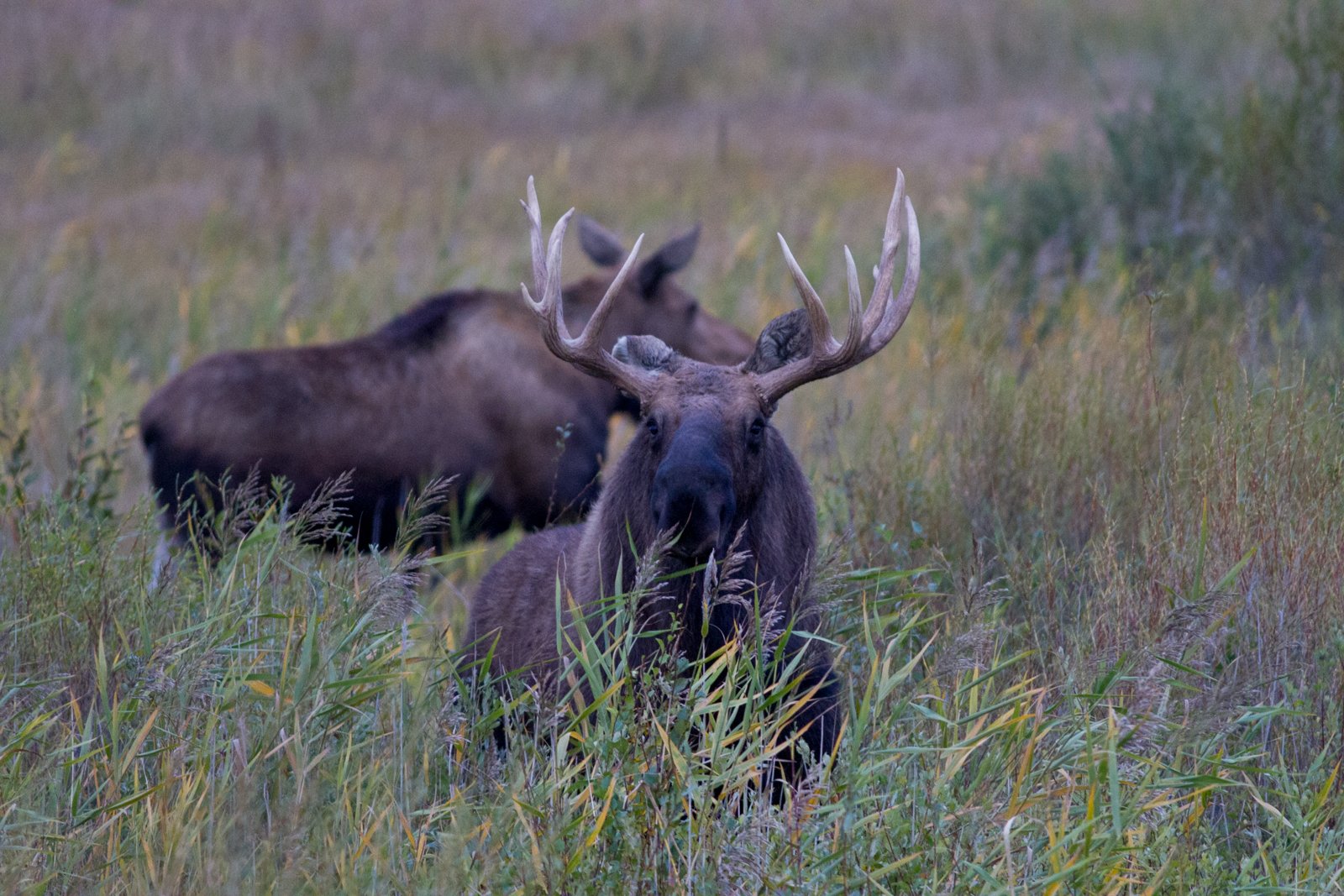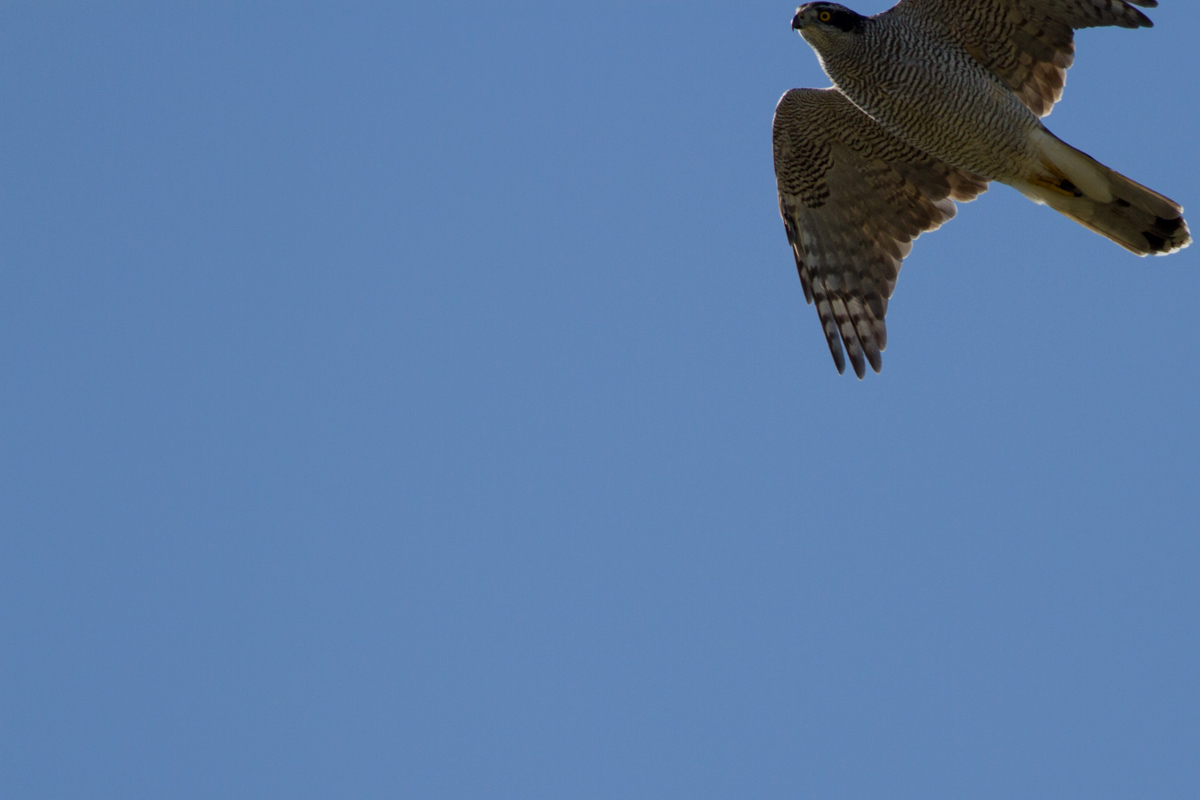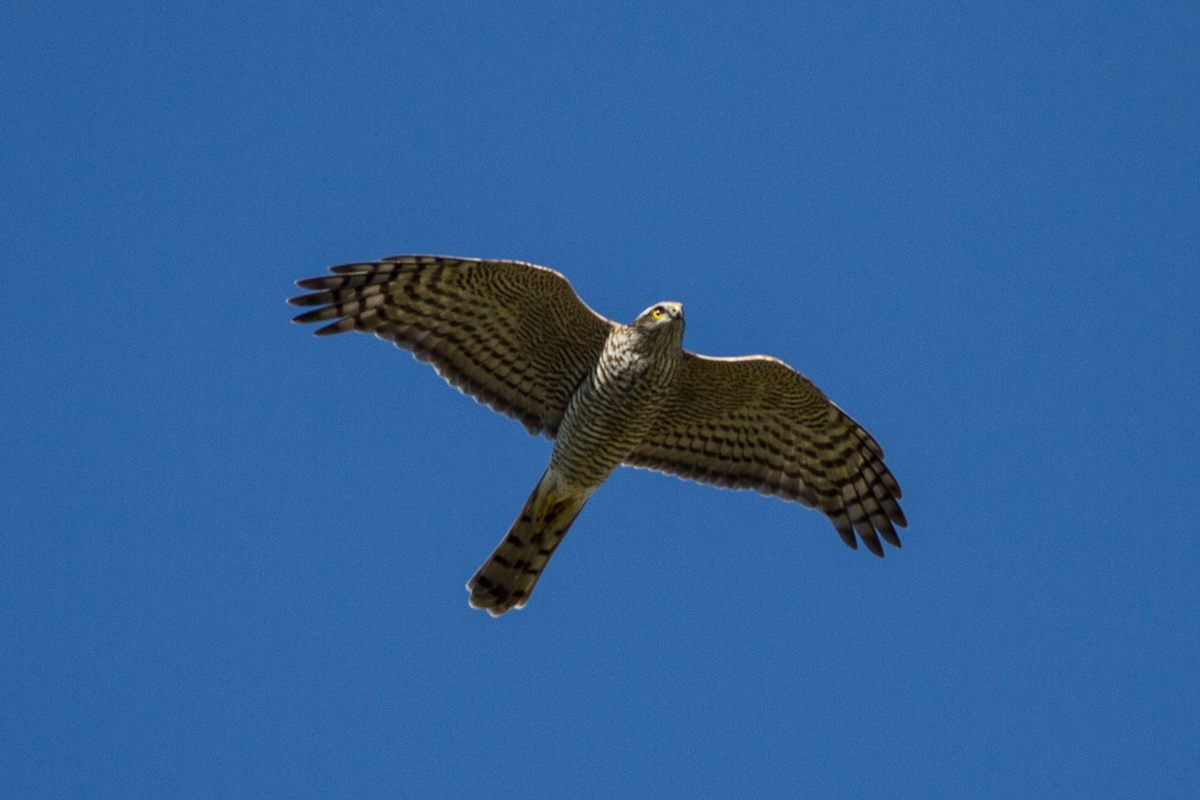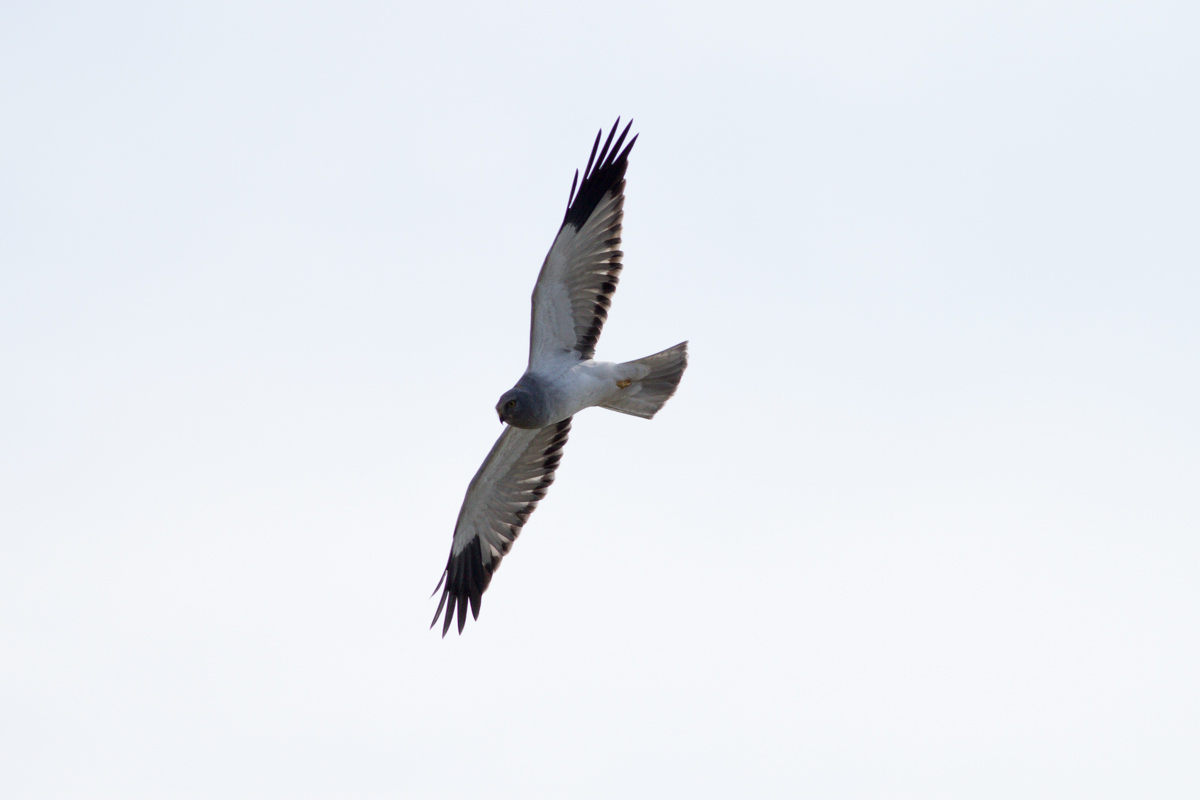In 2020, all my commercial tours got postponed due to Covid 19 pandemic and therefore I made a resolution to visit two destinations in the country during the spring and autumn bird migration season.
I had been aiming to explore far eastern Mongolia in May and Great Gobi B strictly protected area of southwestern Mongolia towards the autumn.
Due to an unexpected event in the family, I couldn’t make it to eastern Mongolia in May. Instead, at the beginning of June, I spent two weeks in Southwestern Mongolia along with a birder from Faroe Islands, Silas Olofson. See the report here:
For these reasons, I had to travel to Eastern Mongolia in the autumn. Eastern Mongolia, great expanses of open land and seemingly endless steppe grassland has always fascinated me.
Between 4 – 17 Sep 2020, I joined three researchers (Otgonbayar, Undrakh and Ankhbayar) from the Mongolian Academy of Science and conducted semi research and mammal and bird watching combined trips across far eastern Mongolia.
On the morning of 4th Sep 2020, we set out from Ulaanbaatar. However, at the beginning of the trip, we visited Otgonbayar’s homeland and participated annual foal branding ceremony which usually takes place in autumn before winter arrives.
In Central Mongolian highland milking mare is a core part of the nomadic tradition and is well known for its fermented mare’s milk. On the other hand, the climate of eastern Mongolian grassland is not suitable for fermenting milk, thus nomads of this region don’t milk their mares. Which makes the foal bigger and much wilder. So branding over 30 full-grown and vigorous foals is not an easy task.
Many relatives and friends gathered for the event and we happily enjoyed the occasion for a whole day.
Afterward the ceremony we drove straight to the far eastern corner of the country, a strictly protected area called Dornod Mongol. Without many stops, the only notable species we encountered was around 300 Mongolian Gazelle.
Numrug SPA sits at the southwestern tip of the Great Khingan mountains on the Mongolian side and consists of river valleys, patchy woodland areas and large expanses of untouched open grassland.
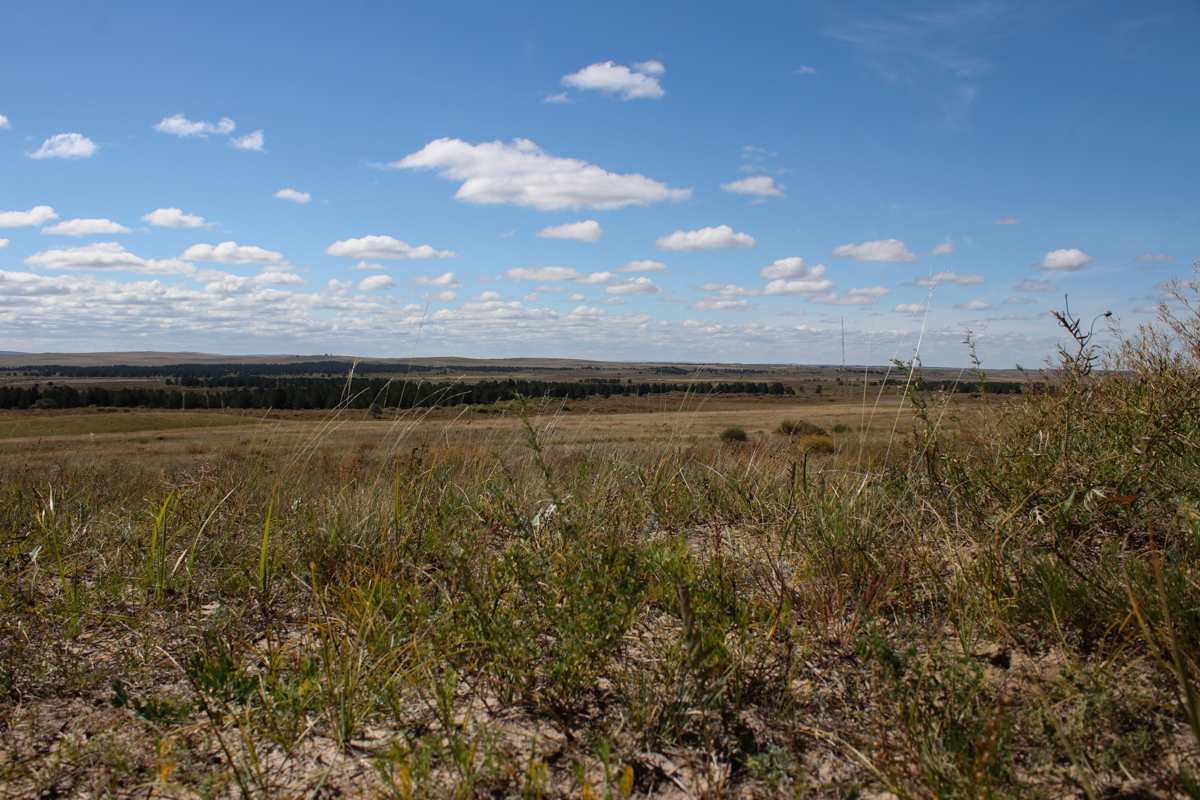 Dornod Mongol, Strictly Protected Area © Bolormunkh Erdenekhuu
Dornod Mongol, Strictly Protected Area © Bolormunkh Erdenekhuu
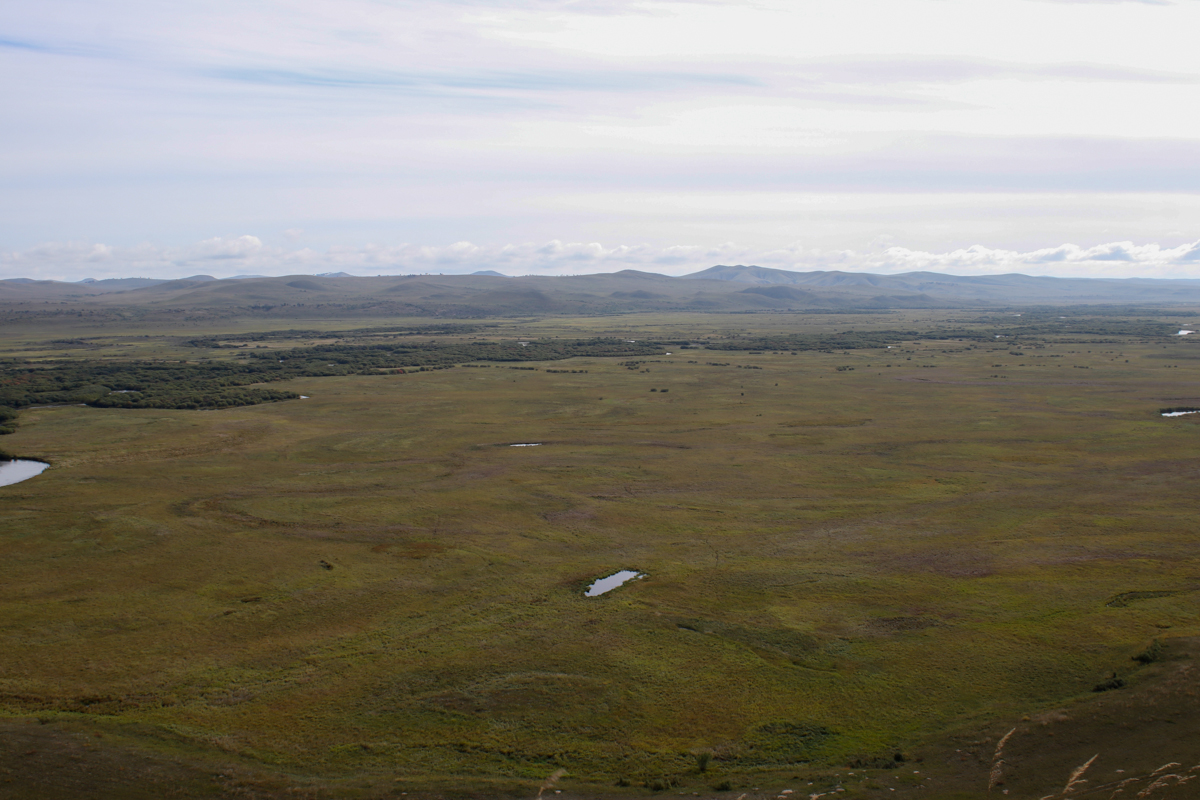 Khalkh gol river valley
Khalkh gol river valley
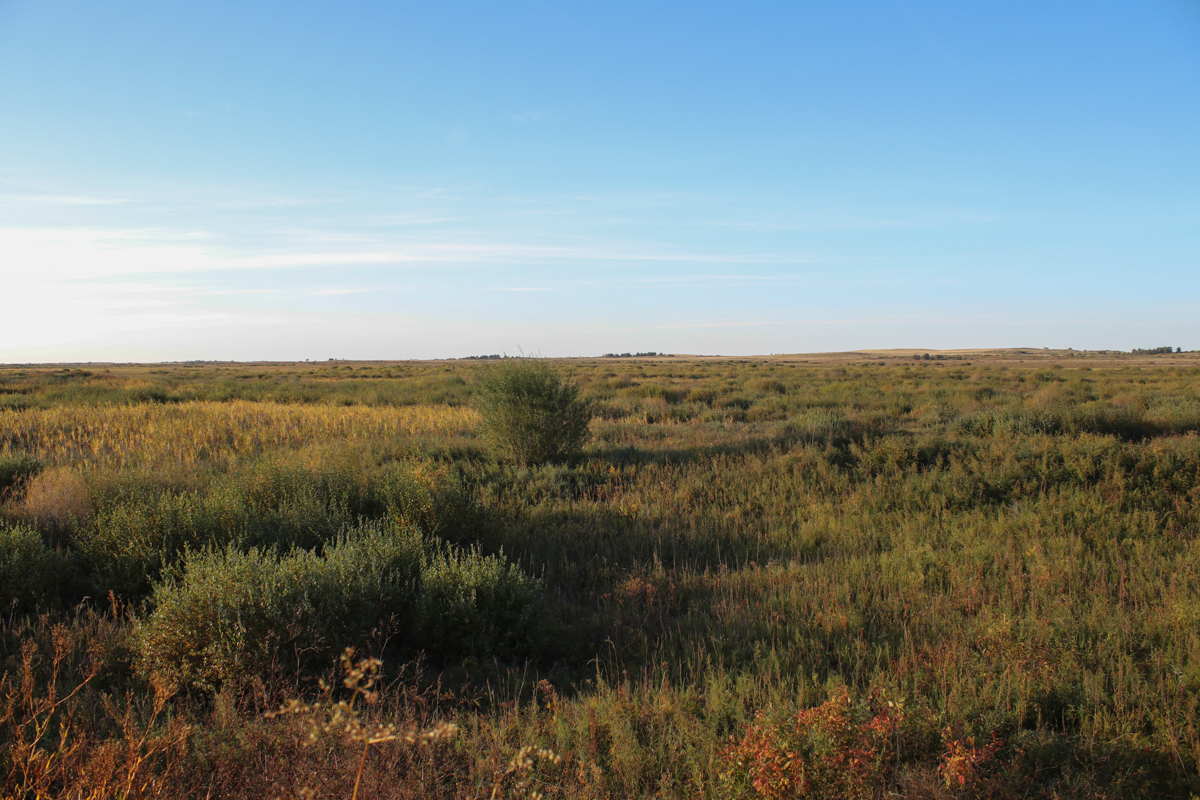
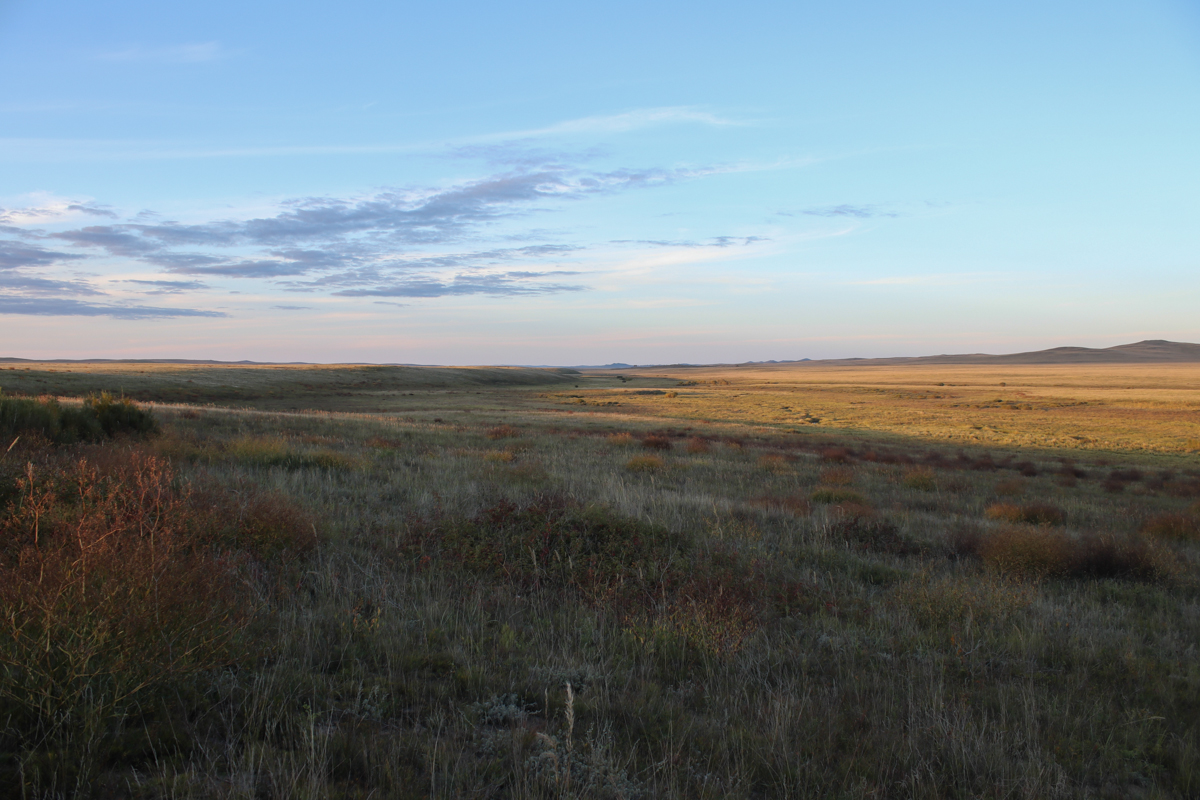
The locals are familiar with Numrug by its abundance of mammals such as Ussuri/Amur Moose (Alces alces cameloides), Manchurian Wapiti (Cervus canadensis xanthopygus), Siberian roe deer, Brown bear, Mongolian wolf (Canis lupus chanco) etc.. rather than its avifauna.
I was more eager to explore the birds whereas my fellow travelers were into mammals.
After about a 1200 km drive since we left Ulaanbaatar, in the evening of 7th Sep, we finally arrived at a local town which marks the easternmost human settlement. In the town, about 40 White-cheeked Starlings were sitting on a power line.
In our first real wildlife searching morning on 8th Sep, we positioned ourselves on a small mountain looking over Khalkh gol river valley which gave a beautiful siesta that allowed us to scan the entire surrounding landscape.
In the valley, we enjoyed a sight of a distant Mongolian Wolf trying to sneak up on a herd of sheep from a nearby herder. A couple of Siberian roe deer and a Wapiti were seen grazing graciously near the river. A small Siberian Pitviper was found on the mound of the marmot burrow. On the steep rocky side of the mountain, I had a prolonged view of up to 30 Alpine Accentors. What an unusual species to find in a steppe mountain. In the evening, while driving to one of the herders, we encountered 5 Wild Boars and a Daurian Hedgehog crossing the road.
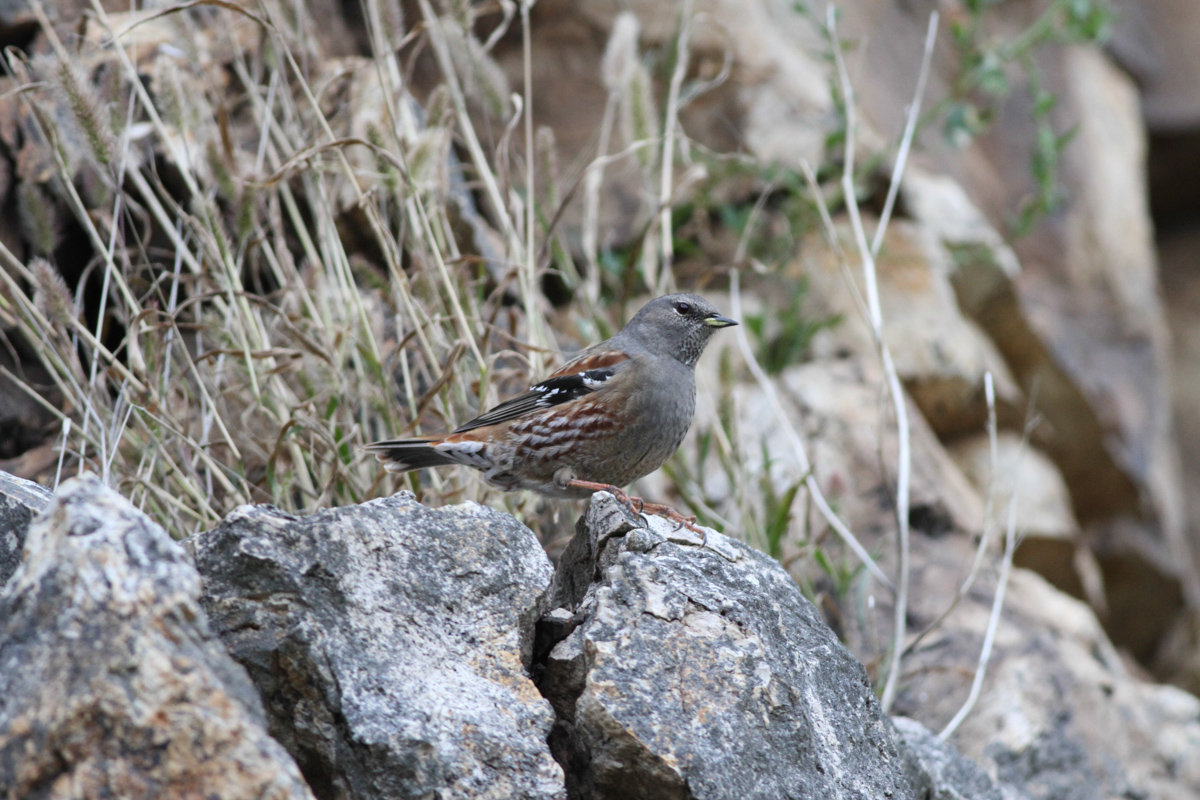 Alpine Accentor © Bolormunkh Erdenekhuu
Alpine Accentor © Bolormunkh Erdenekhuu
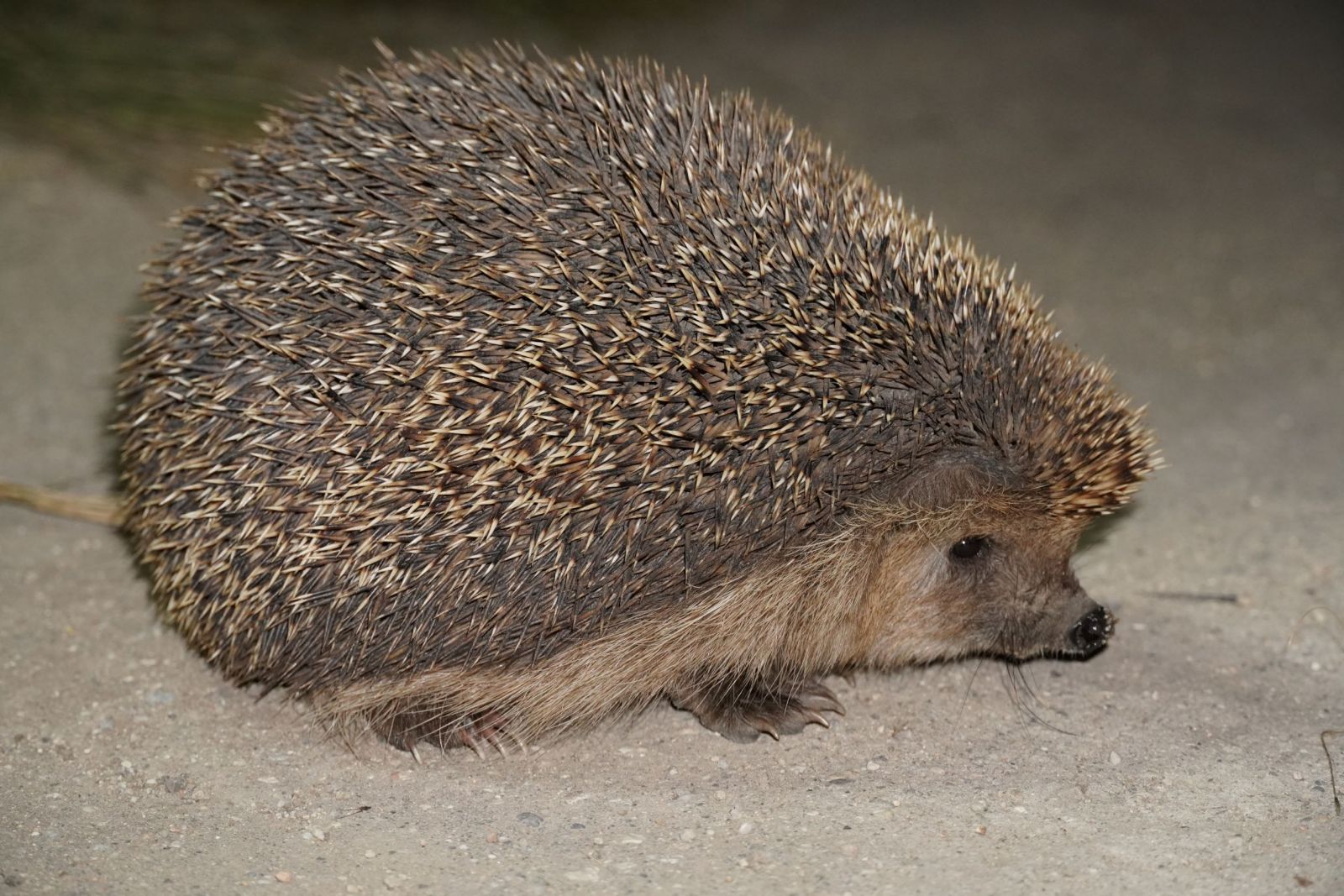
In the afternoon of the next day, we drove into Dornod Mongol SPA to look for Amur Moose. For the next couple of days, we were stationed in a landscape consisting of patches of pine forest, dry meadow and some marshy areas with tall reed and other dense vegetation and shrubs. It is absent of livestock thus tall grassland makes it quite challenging for birding in the autumn.
I spent the first day casually strolling and searching for birds through the pine forest and meadows. Towards the evening, I reached the marshy area, where I joined the others. Apparently, they saw a couple of subadult Manchurian Wapiti stags. Together we succeeded to locate first a mature female, later a young male Amur Moose bull. The latter rushed to an extensive willow and led us straight to a group of rutting moose, 1 adult male and 3 females. The growth of the willows was as high as the moose, consequently, we could see only heads and some parts of the body. They were casually feeding and relaxing. We lay down among the dense vegetation of a sandy hill and observed the group for about 1 hour. Eventually, right before the sunset, a male and female came out to a marshy clearing and walked straight towards us so we had a wonderful chance to see them well and take some shots.
The day ended with an amazing sunset in the steppe and a flock of Amur Falcons (up to 20) were landing on a nearby elm tree for a night roost and feeding evening insects.
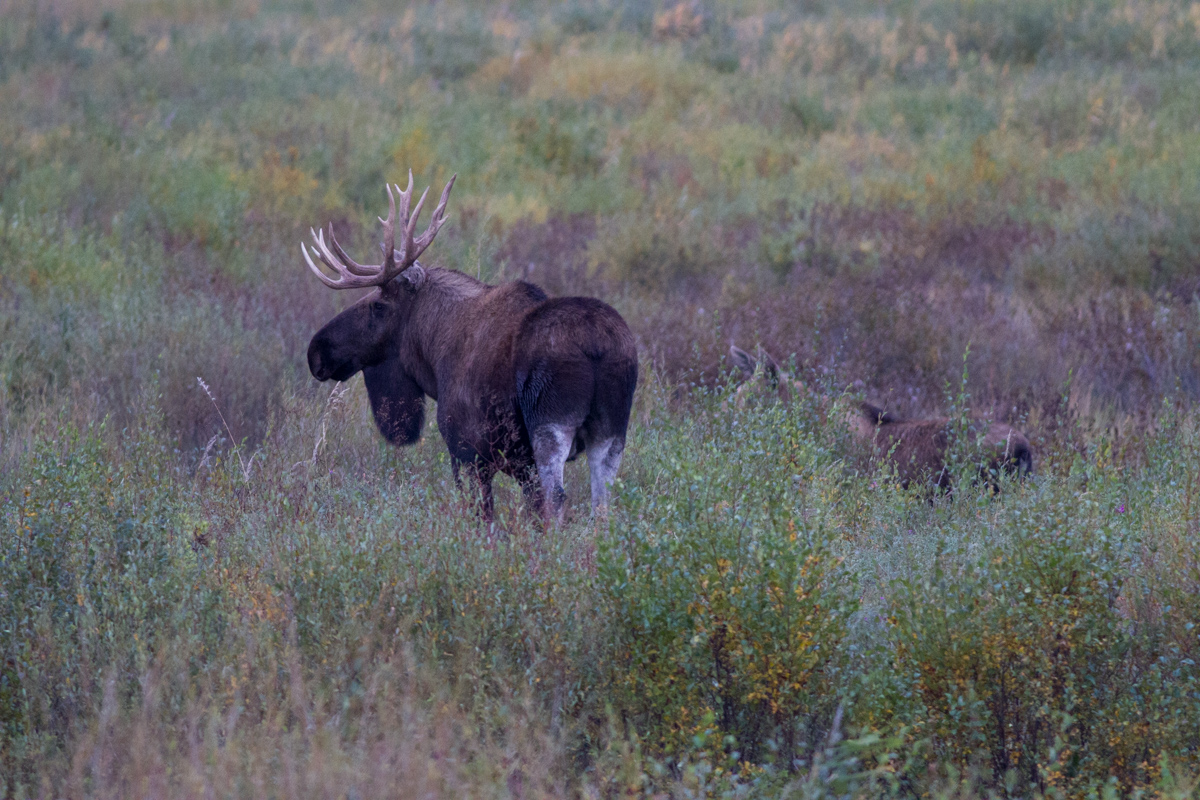 Amur Moose (Alces alces cameloides) bull with a young female © Bolormunkh Erdenekhuu. Unlike the other subspecies of moose that have large flat-bladed antlers, cameloides subspecies have unique antlers that are more similar to cervine's.
Amur Moose (Alces alces cameloides) bull with a young female © Bolormunkh Erdenekhuu. Unlike the other subspecies of moose that have large flat-bladed antlers, cameloides subspecies have unique antlers that are more similar to cervine's.
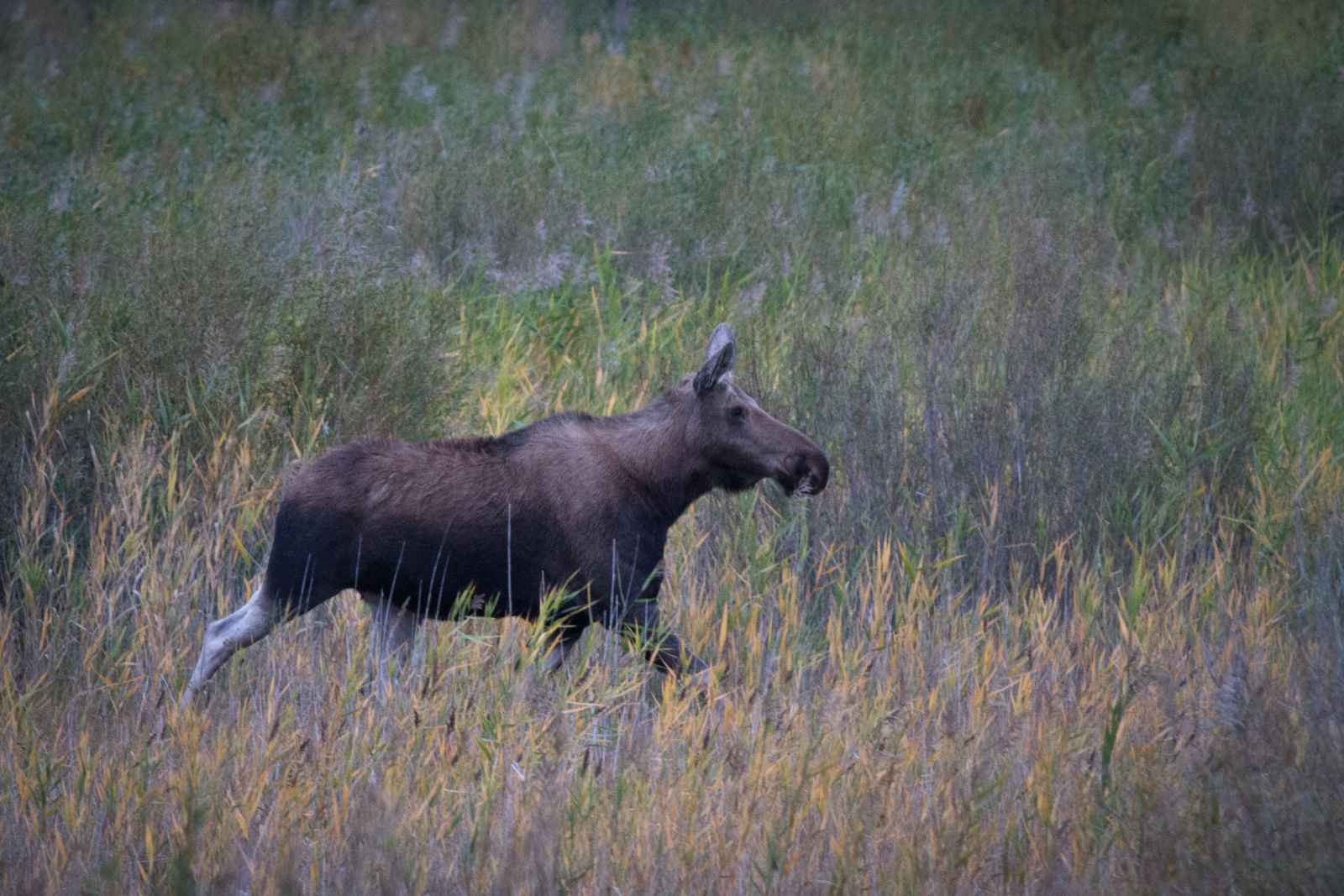 Adult female Amur Moose © Bolormunkh Erdenekhuu
Adult female Amur Moose © Bolormunkh Erdenekhuu
Amur Moose ranges from the Amur-Ussuri region of far eastern Russia, as well as the northeastern part of China. It is different from other moose subspecies in that its antler size is much smaller and adult bulls' antlers are small and cervine, with little palmation. The smallest subspecies in both Eurasia and the world, with both males and females standing only 1.65 to 1.85 m at the shoulder and weighing between 200 and 350 kg.
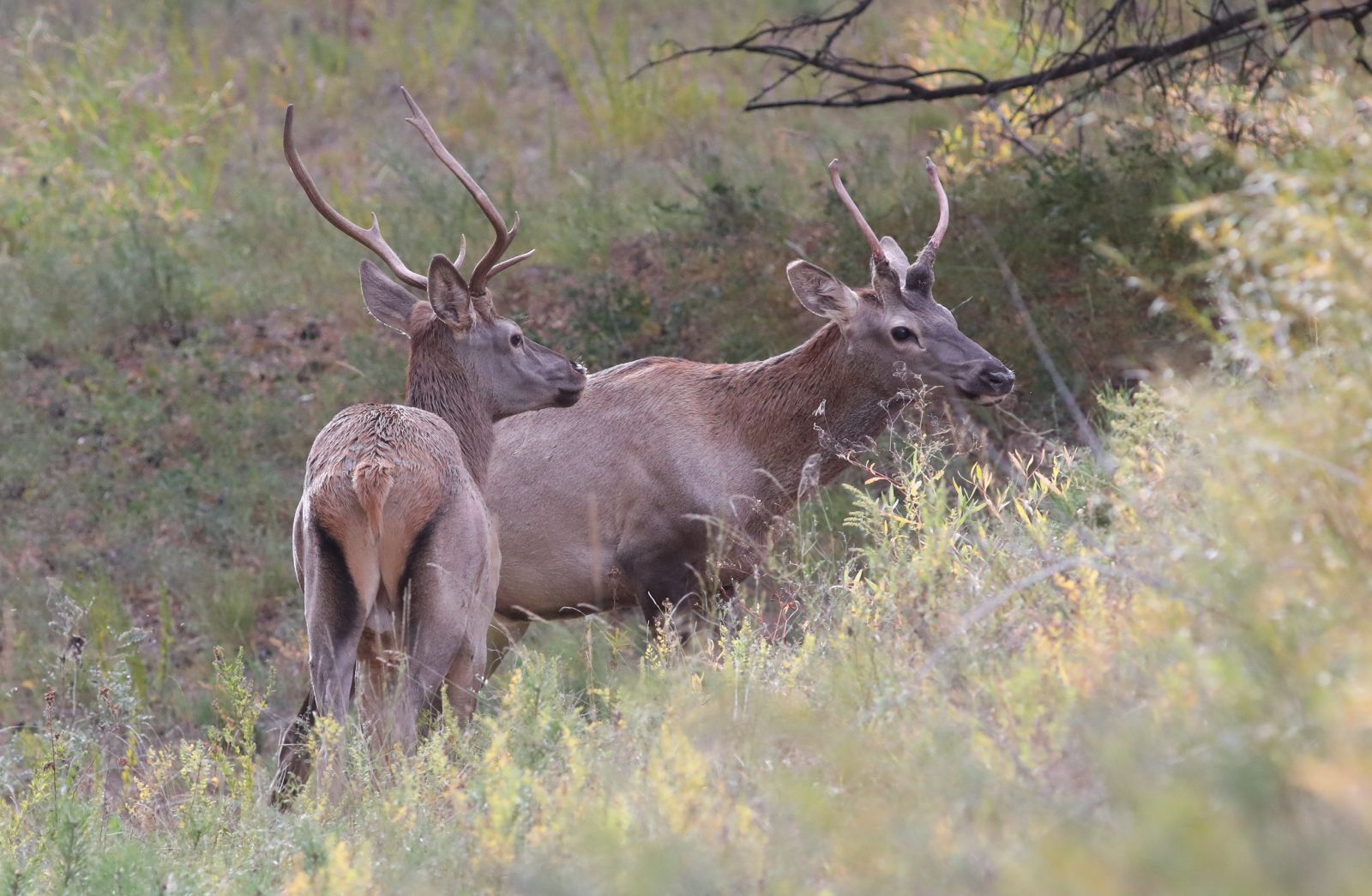 Young stags of Manchurian wapiti (Cervus canadensis xanthopygus) © Otgonbayar Baatargal
Young stags of Manchurian wapiti (Cervus canadensis xanthopygus) © Otgonbayar Baatargal

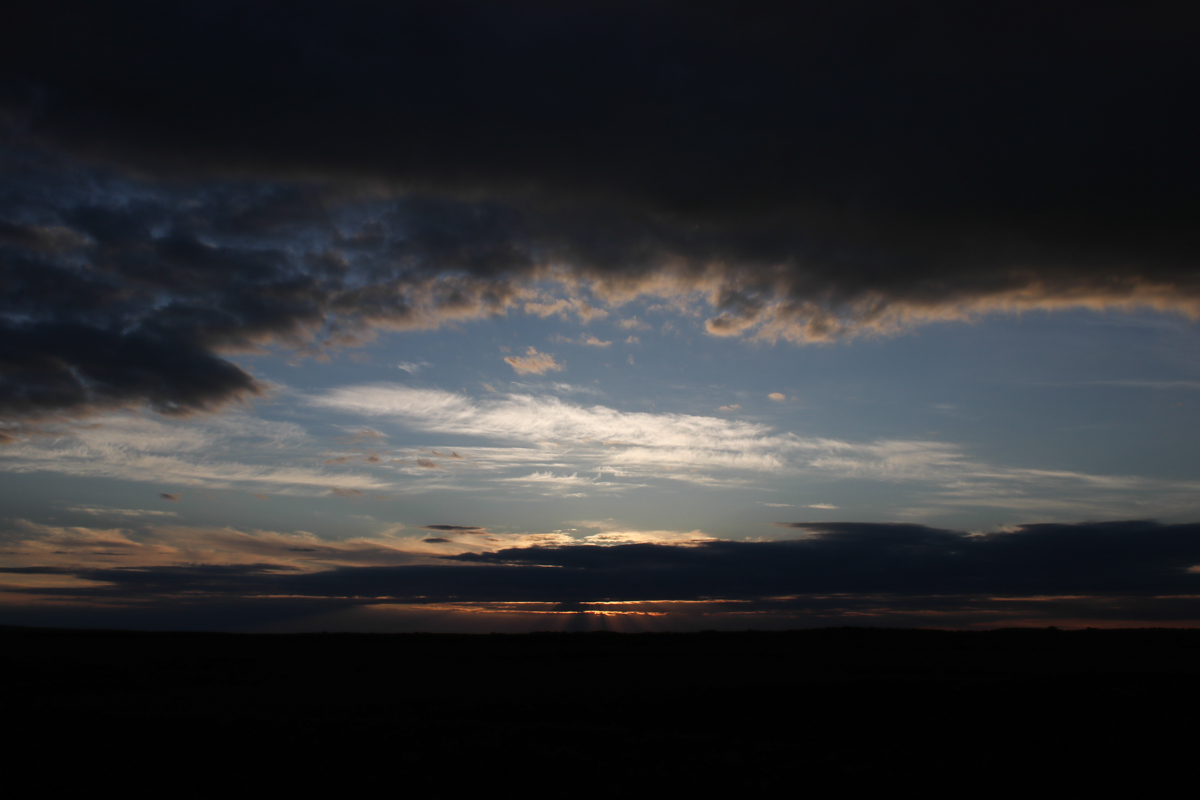
Sunset in the Mongolian steppe © Bolormunkh Erdenekhuu
The next morning proved to be much more active than the previous days in terms of bird migration.
In the open meadow, I observed many Black-faced, Little and few Meadow and Pallas’s Buntings. A relatively low number of leaf warblers such as Pallas’s, Dusky, Yellow-browed, Two-barred and Arctic Warblers were also present. Suddenly 4 Radde’s Warbler appeared and started feeding actively. I followed them almost for an hour and had a really good time with them. Radde’s Warbler is not common in Mongolia, mostly found in the east during migration. Certainly, it was such a treat to see them well.
 Radde's Warbler © Bolormunkh Erdenekhuu
Radde's Warbler © Bolormunkh Erdenekhuu
Later few Siberian Stonechats, a female Siberian Rubythroat, 1 Bluethroat, 2 Hen Harriers, a fly by Eurasian Sparrowhawk and a few Taiga Flycatchers were added to the list. The highlight of the morning walk was 3 Chestnut-eared Buntings.
 Chestnut-eared Bunting © Bolormunkh Erdenekhuu
Chestnut-eared Bunting © Bolormunkh Erdenekhuu
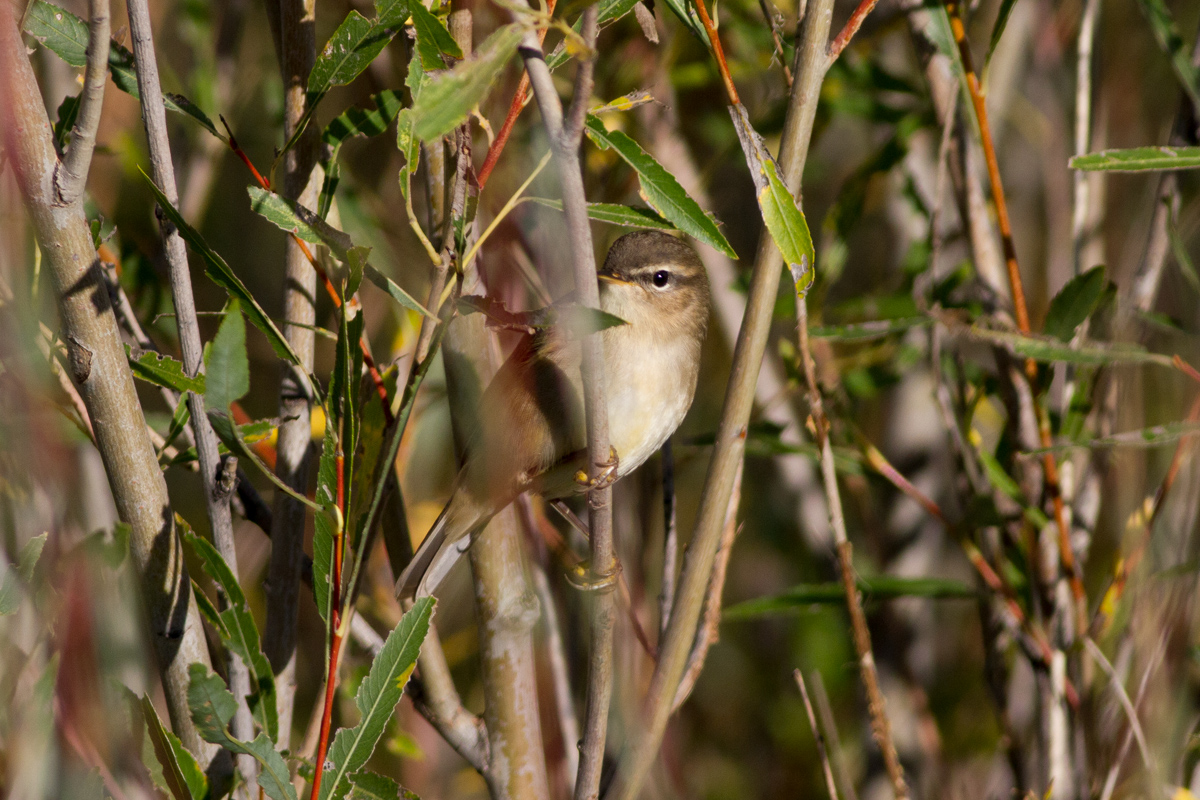 Dusky Warbler
Dusky Warbler
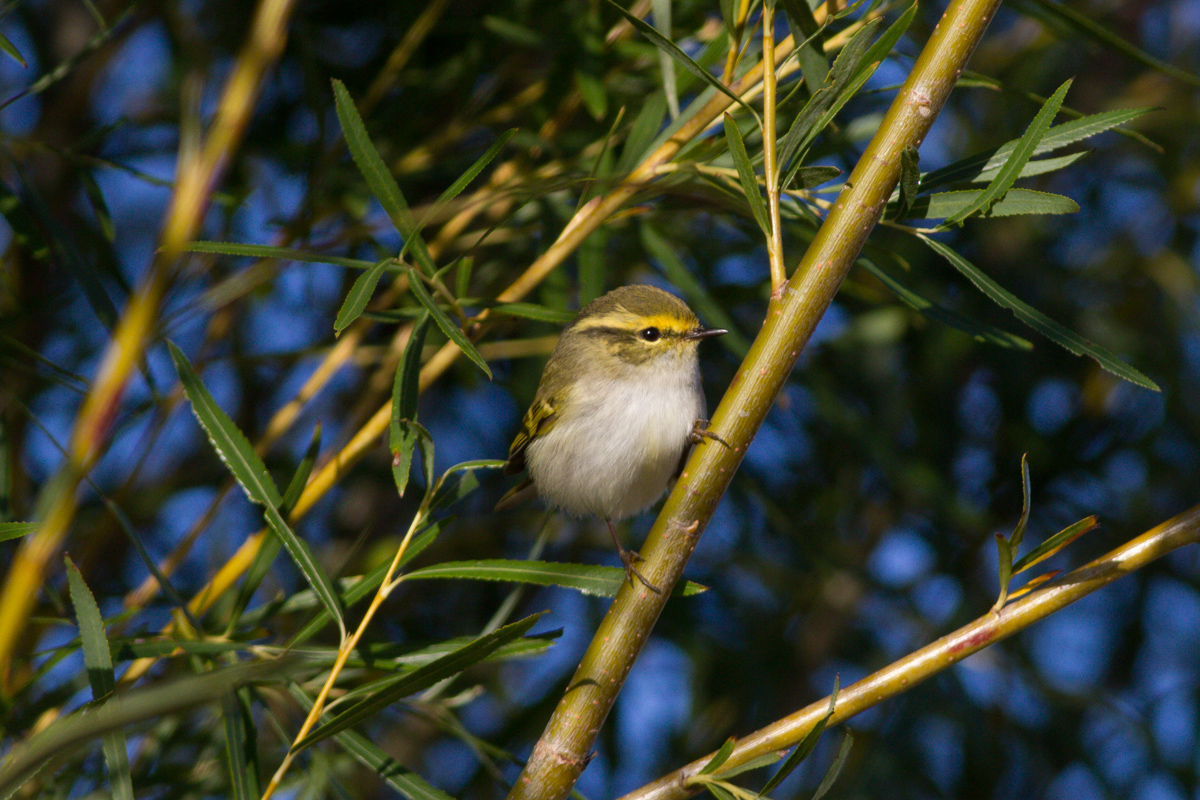 Pallas's leaf Warbler
Pallas's leaf Warbler
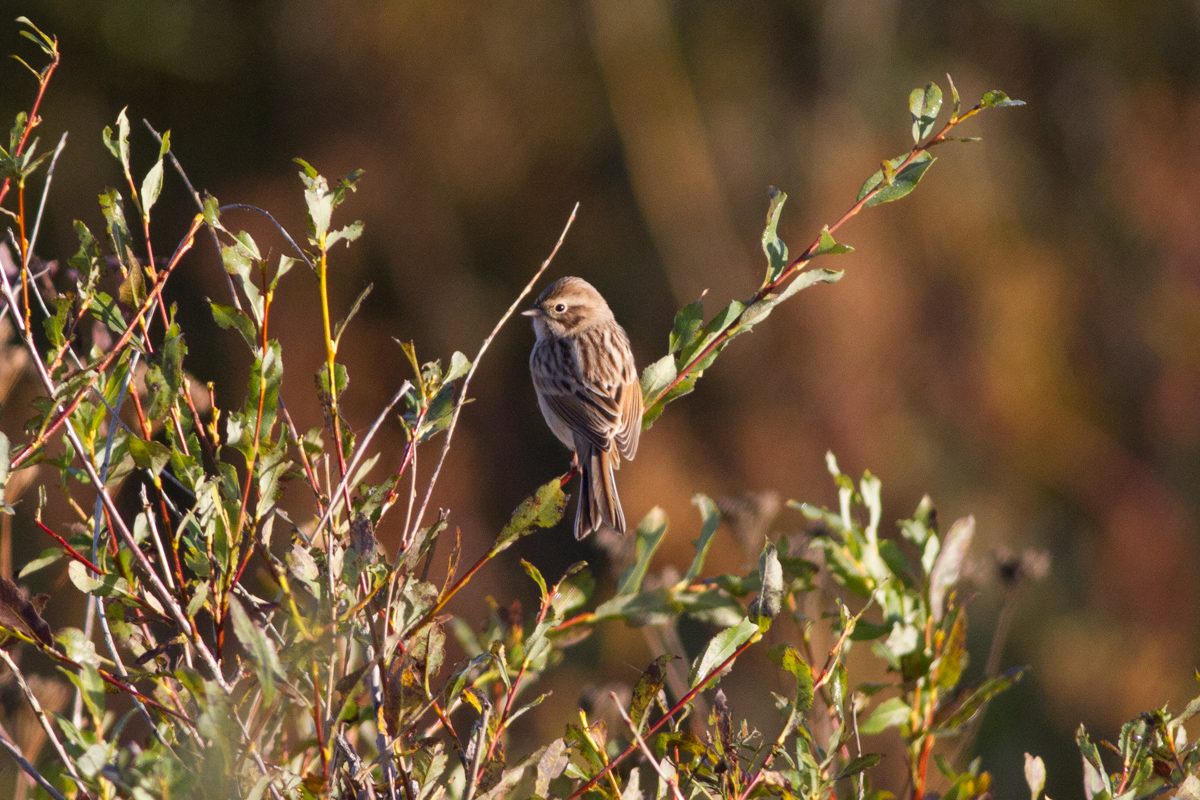 Female Pallas's Reed Bunting
Female Pallas's Reed Bunting
In the afternoon I gave another try for the moose and on the way to the moose site, I flushed a group of Black Grouse (Lyrurus tetrix ussuriensis). They all looked worn out, apparently going through a moult. An unknown female type bunting dropped down from the sky and allowed me to take a few shots. Later it was identified as a female Tristram’s Bunting.
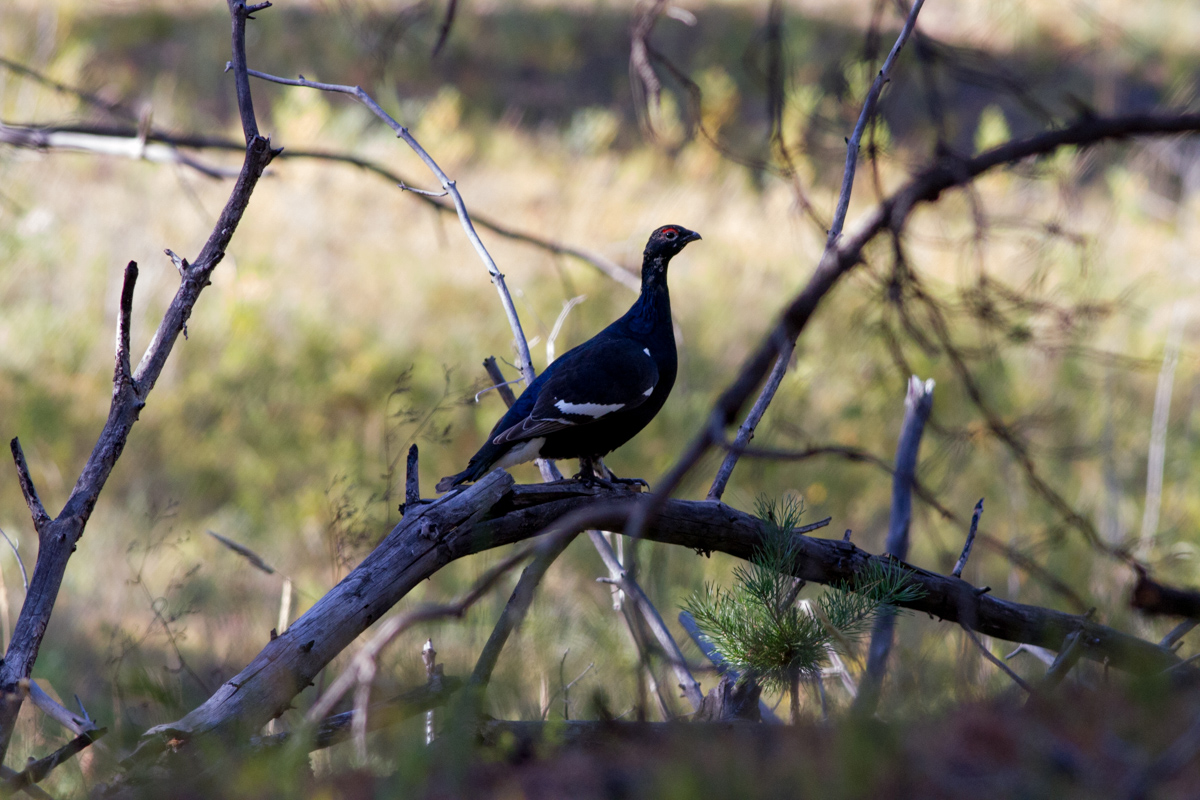 Black Grouse © Bolormunkh Erdenekhuu
Black Grouse © Bolormunkh Erdenekhuu
 Female Tristram's Bunting © Bolormunkh Erdenekhuu
Female Tristram's Bunting © Bolormunkh Erdenekhuu
The next day we agreed to try a different site and drove deep into the SPA. We camped a narrow and deep small river cut through the rolling hills. Few willow bushes stood along the river and the nearby hillside was covered with Prickly wild rose (Rosa acicularis) and other shrubs.
Migrating Hen Harriers were regular sightings around here and a lonely Short-eared Owl was found camouflaging in the grass. Observing nothing noteworthy besides migrating leaf warblers, in the morning of 12 Sep we drove on northwards to Tashgai lakes.
We camped far away from the lakes and at night, we drove out for spotlighting to search for Raccoon Dog. The short drive resulted in a few Corsax Foxes and 3 Grey Wolves hunting close to our camp and the following morning we telescoped potentially one of the previous night wolves jogging in the vicinity of the camp.
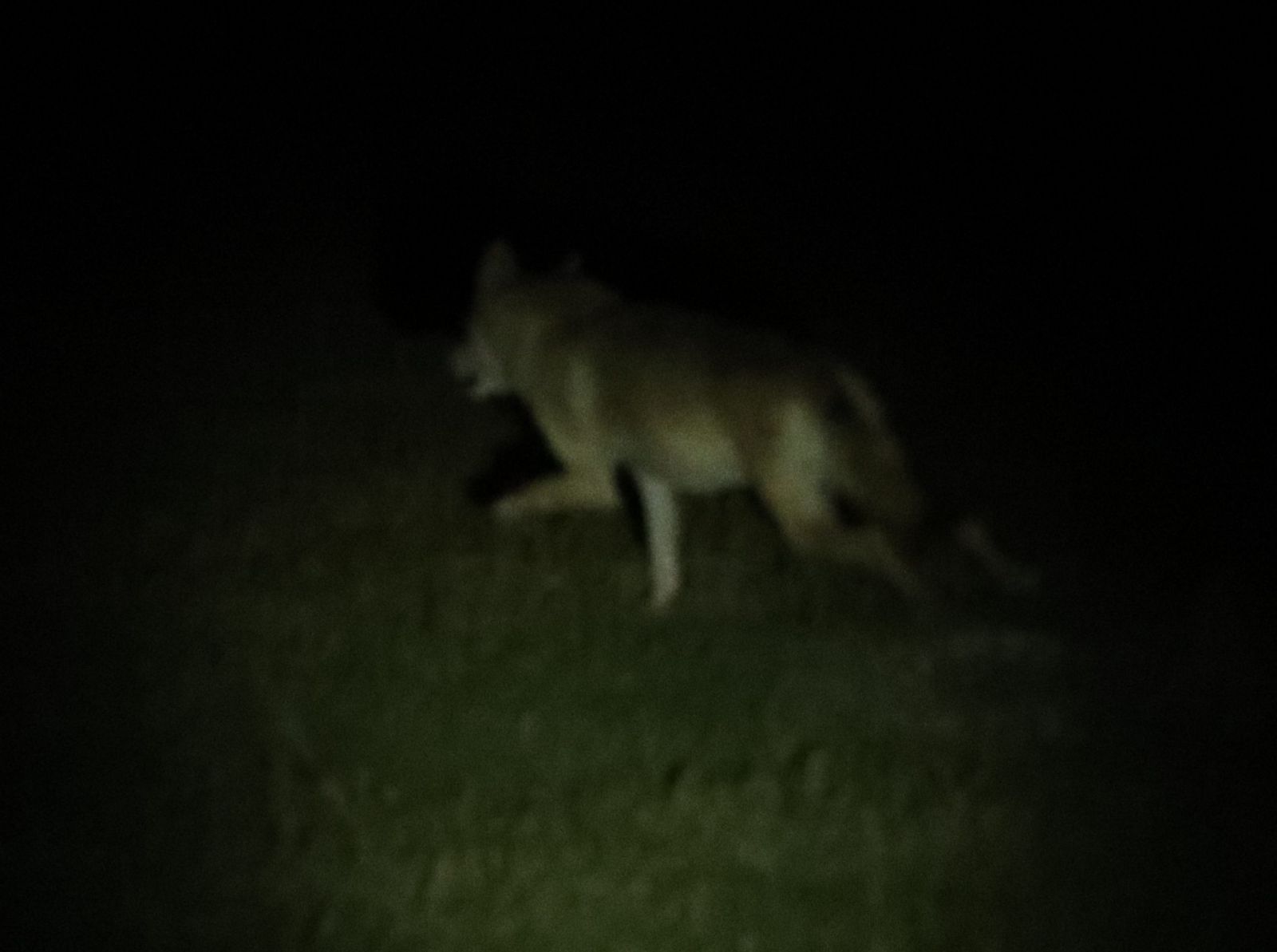 Record shot of one of 3 Mongolian Wolf © Otgonbayar Baatargal
Record shot of one of 3 Mongolian Wolf © Otgonbayar Baatargal
The day was spent in the Tashgai lakes, driving between the lakes and crossing dry reedbeds. At least 500 hundred migrating Common Cranes were staging in the reeds and a single Hooded Crane was seen flying among them. Driving through the area produced a pair of White-naped Crane and a few Japanese Quails. After finding 3 active burrows of possibly Asian Badger, others opted not to scan the lakes for birds, we drove on back to Khalkh gol river. But this time we camped some 50km downstream from our previous site.
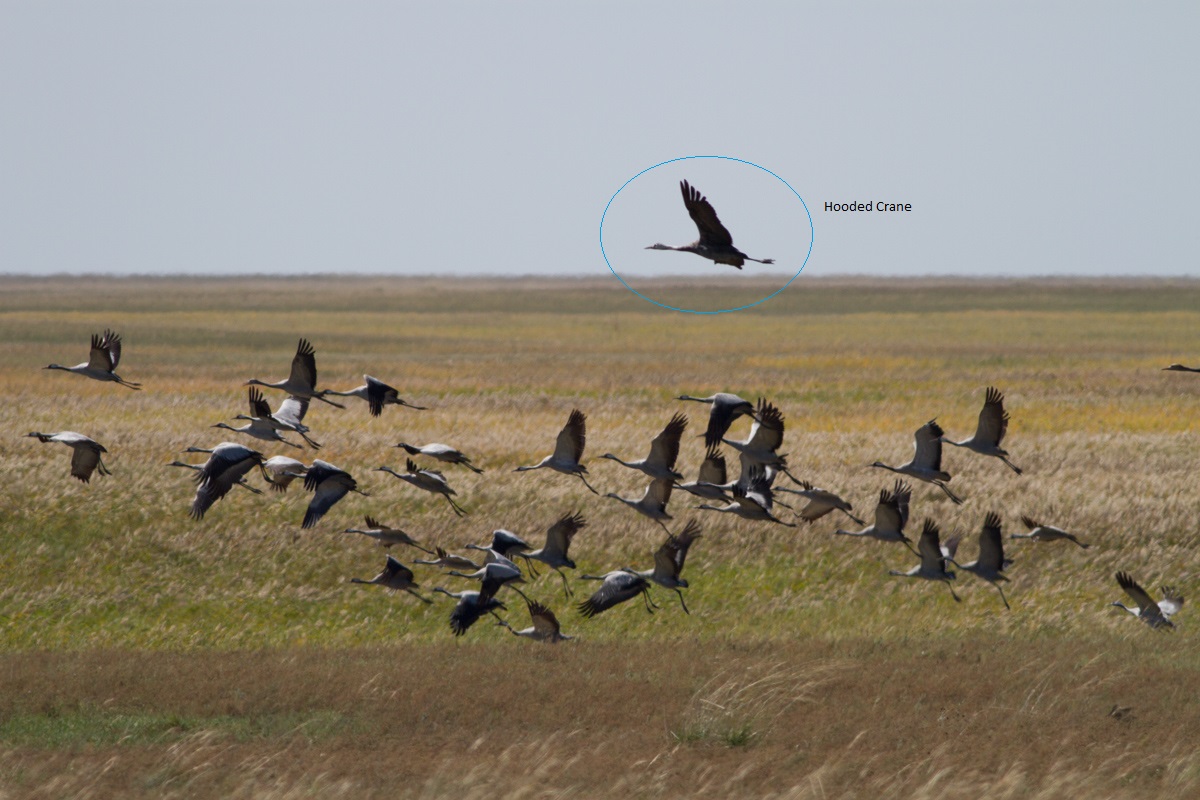
In the evening, a lone Oriental Honey Buzzard headed south over our camp and Otgonbayar saw a Common Kingfisher on the river. Roosting Eagle Owl took off from the cliff during my evening walk.
Early morning, I got up alone and walked along the river through a narrow line of willow trees by the steep cliff. Here many migrating Black-faced Buntings, Common Rosefinches and leaf warblers were busily feeding after chilly dawn. An irregular Siberian Chiffchaff was seen briefly among them. 5 Azure Tits, a family of Daurian Partridge and a late Pallas’s grasshopper Warbler were seen well.
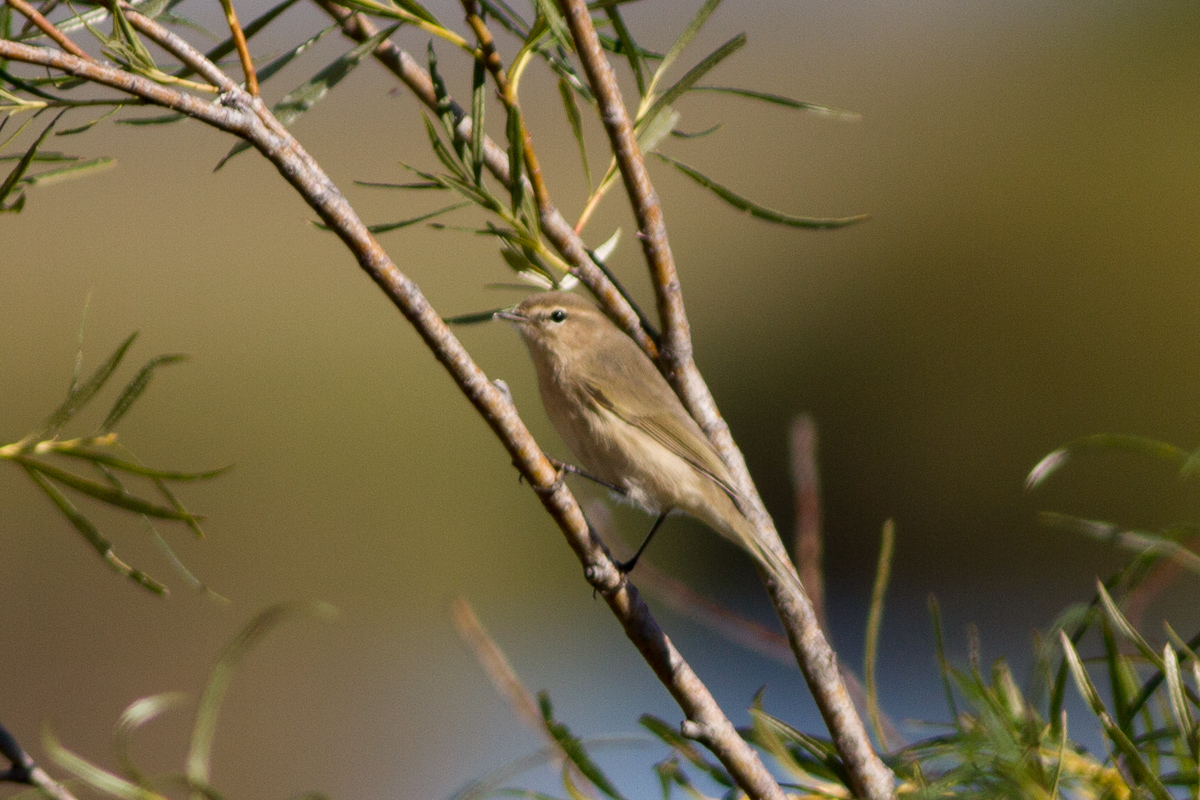 Siberian Chiffchaff © Bolormunkh Erdenekhuu
Siberian Chiffchaff © Bolormunkh Erdenekhuu
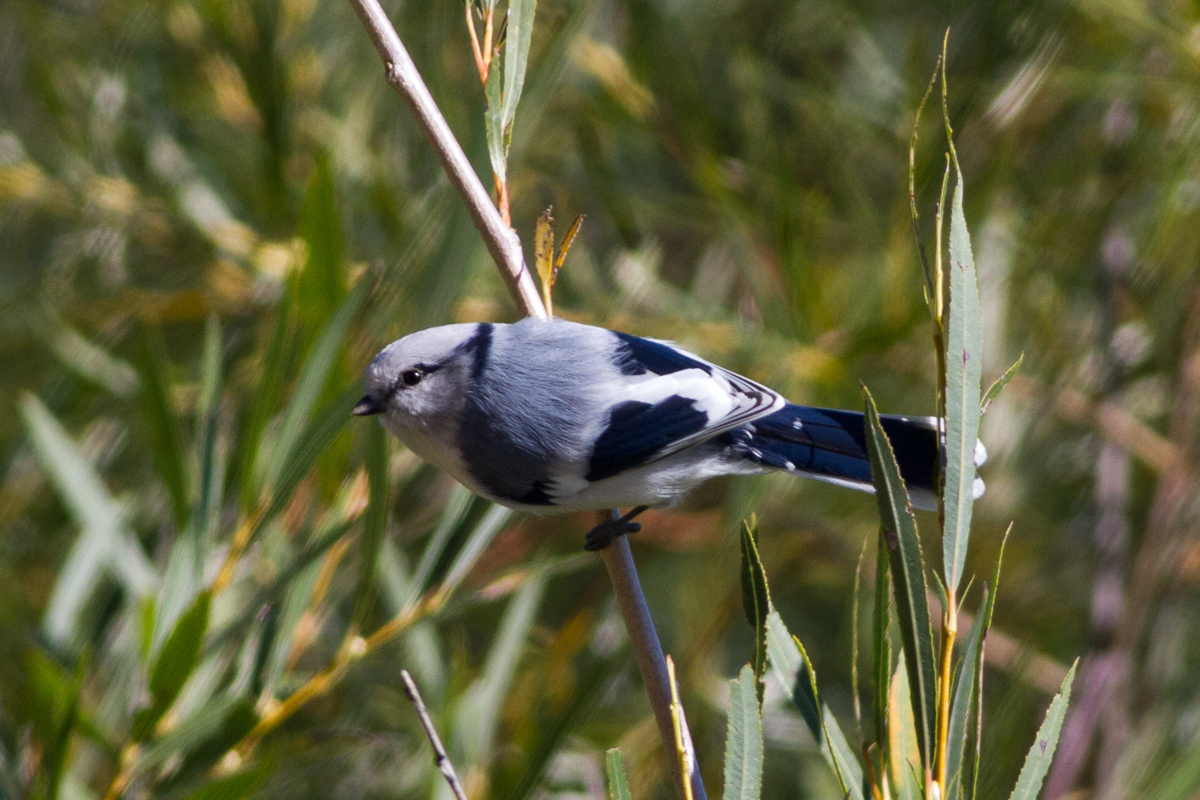 Azure tit © Bolormunkh Erdenekhuu
Azure tit © Bolormunkh Erdenekhuu
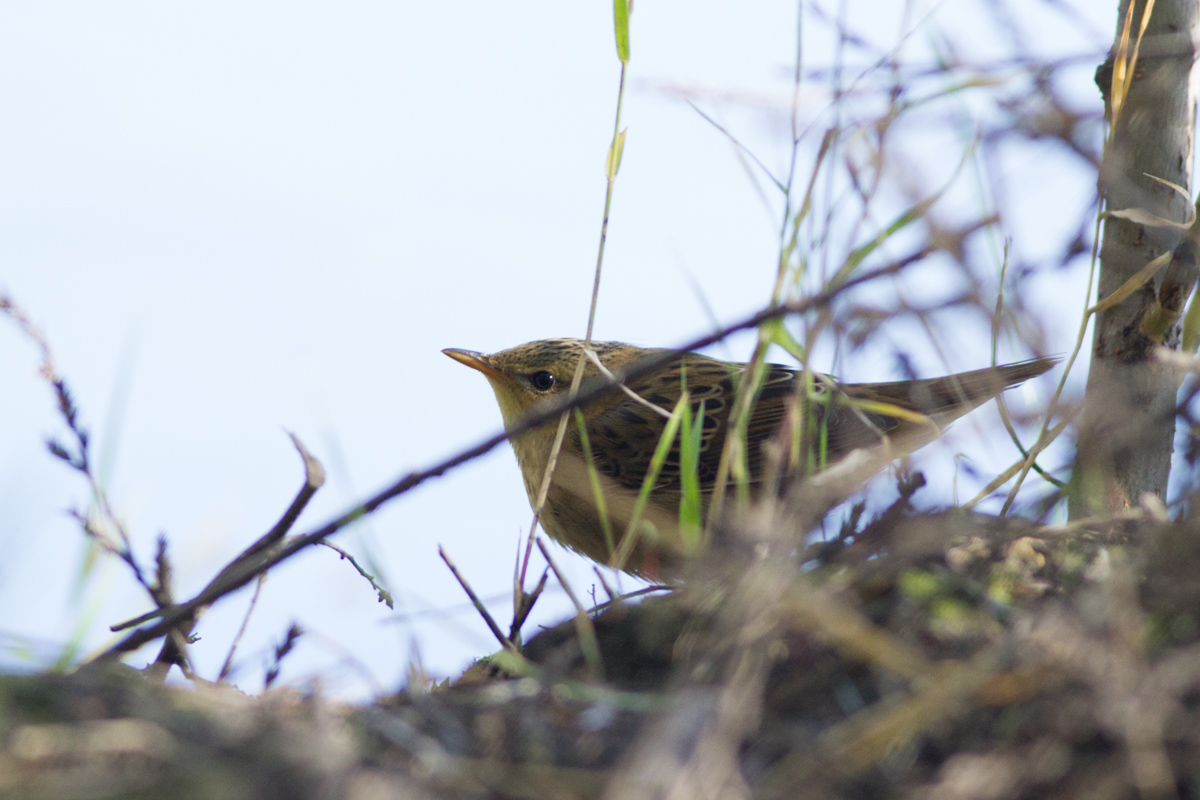 Pallas's Grasshopper Warbler © Bolormunkh Erdenekhuu
Pallas's Grasshopper Warbler © Bolormunkh Erdenekhuu
The last year when I traveled to this part of the country with a German bird watching group 2 weeks prior to this date, Grasshopper warblers (Pallas’s, Chinese, some Baikal bush) migration was peeking. But this year, the timing was the end of their migration thus very few were seen.
A total of 21 Azure-winged Magpies were flying back and forth between the cliff and riparian forest on the other side of the river.
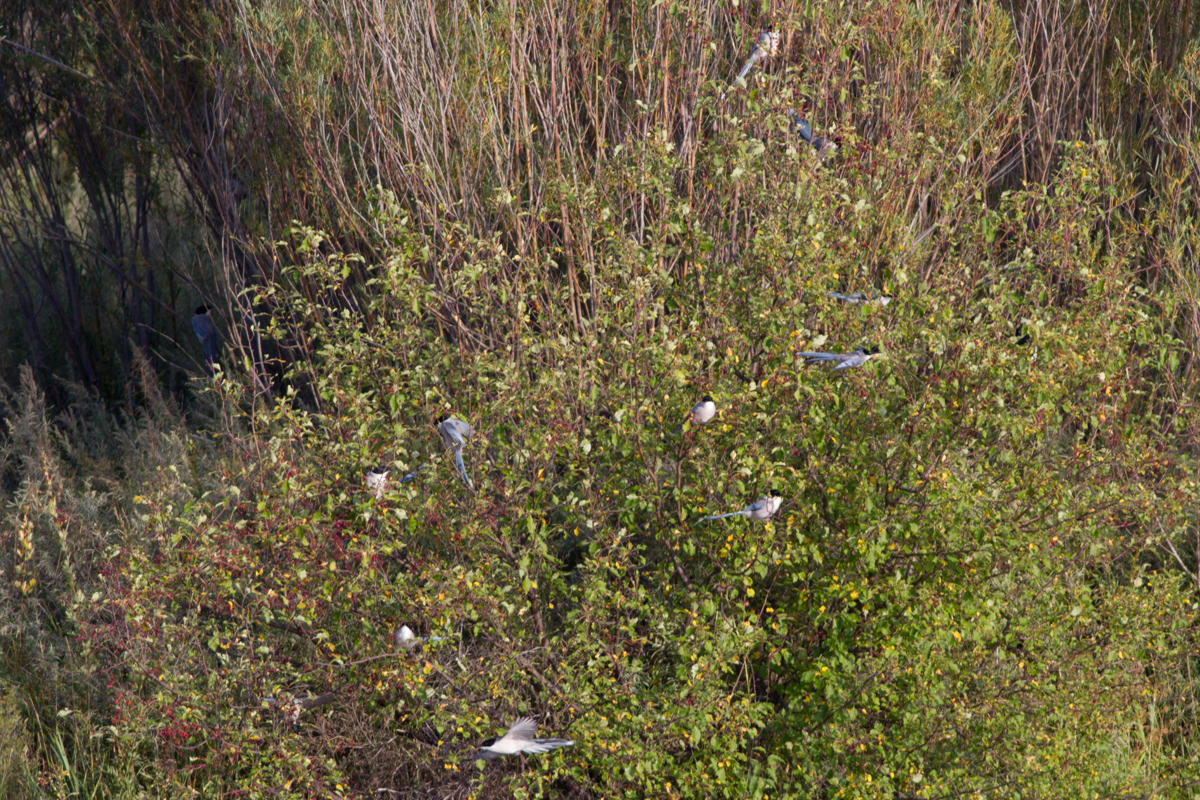 Azure-winged Magpie © Bolormunkh Erdenekhuu
Azure-winged Magpie © Bolormunkh Erdenekhuu
Suddenly I saw an inquisitive Mountain Weasel (Mustela altaica) emerg from the rocky slope, running fast and checking the base of the willow trees. Satisfied with my morning walk I slowly headed back to the camp observing an impressive adult Northern Goshawk, fly by Eurasian Sparrow hawk and male Hen Harrier on the way.
After arriving at the camp, meanwhile preparing breakfast, we enjoyed an aerial show of a Merlin mobbed by clan of local Common Magpies. Soon a male Eastern Marsh Harrier joined the show briefly but continued its course of migration, nonetheless.
Otgonbayar rushed to the cliff to search for the Mountain weasel but failed to relocate it. Instead, he flushed a White-breasted Waterhen which flew across the river and landed on the shore. It is 6th recorded for Mongolia but only second alive one. I scanned the shore which was densely covered by willow trees. Soon enough l relocate the Waterhen walking in the undergrowth of the trees.
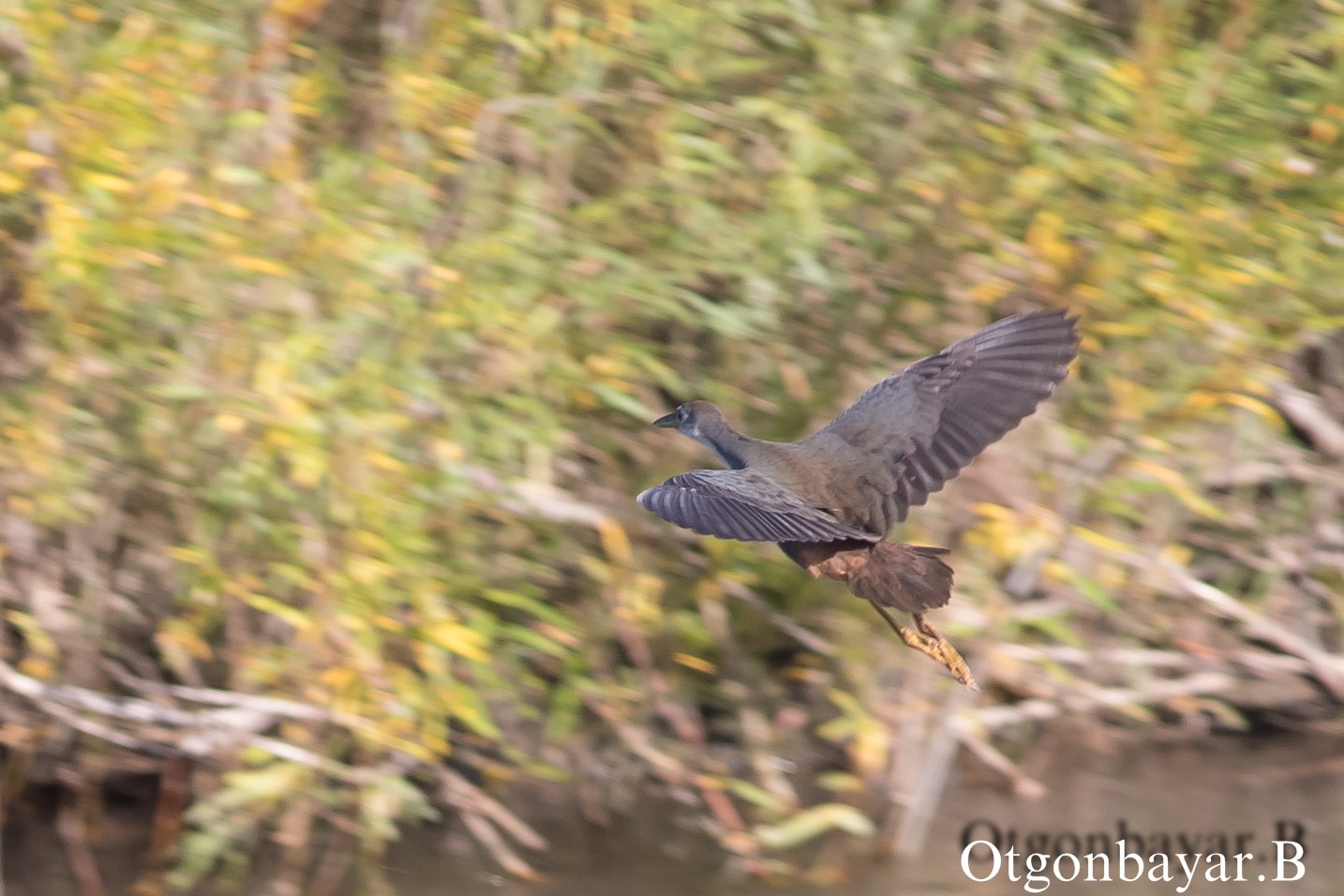 White-breasted Waterhen. © Otgonbayar Baatargal
White-breasted Waterhen. © Otgonbayar Baatargal
Happy with the successful morning observations, we broke down the camp and decided to search for another slope with dwarf elms. We all spread out across the slope and the first bird I found here was a skittish (very usual for migrating thrushes) White’s Thrush hiding in the branches of an elm tree, the only thrush species of the trip.
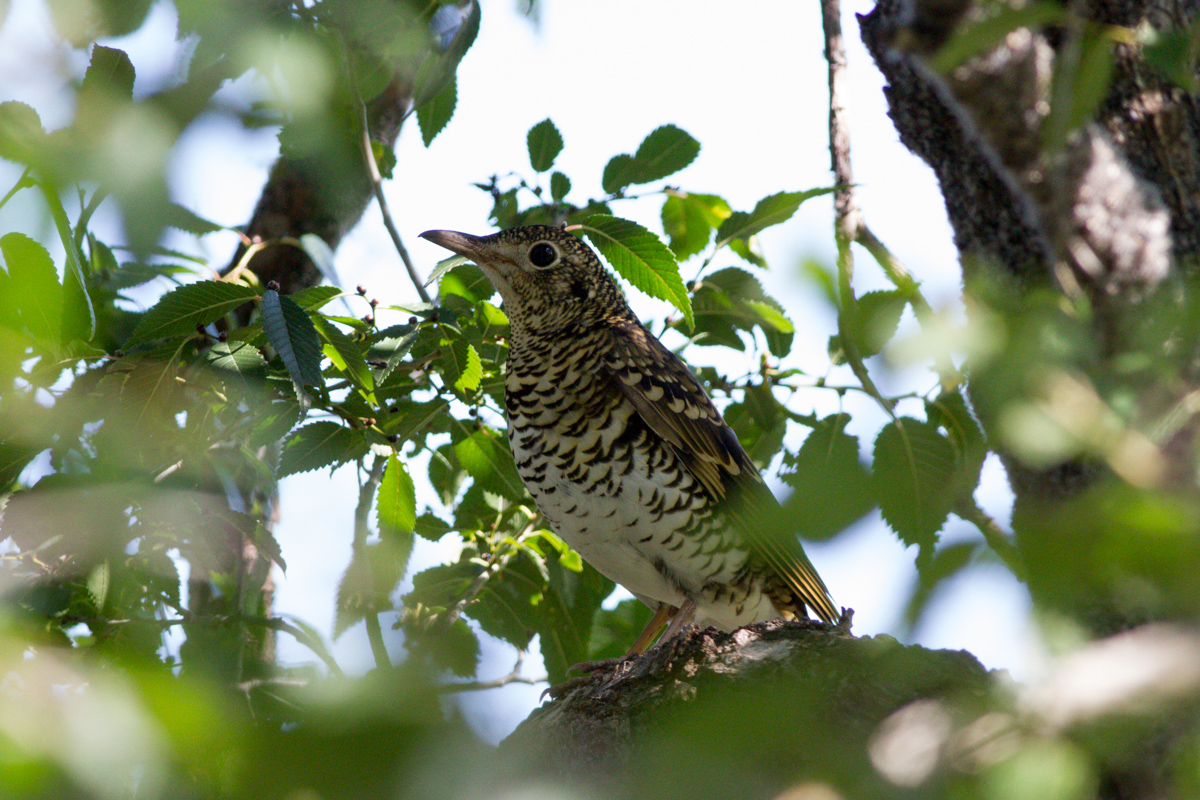 White's Thrush © Bolormunkh Erdenekhuu
White's Thrush © Bolormunkh Erdenekhuu
Little Buntings, 1 Lesser Spotted Woodpecker, few Daurian Jackdaws, 4 Oriental Turtle Doves, a couple of Olive-backed Pipits and very odd-looking Godlewski’s Bunting were resting in the elms as well. Soon, a male Amur falcon followed by a Eurasian Hobby flew close over me thus completing the raptor bonanza of the morning.
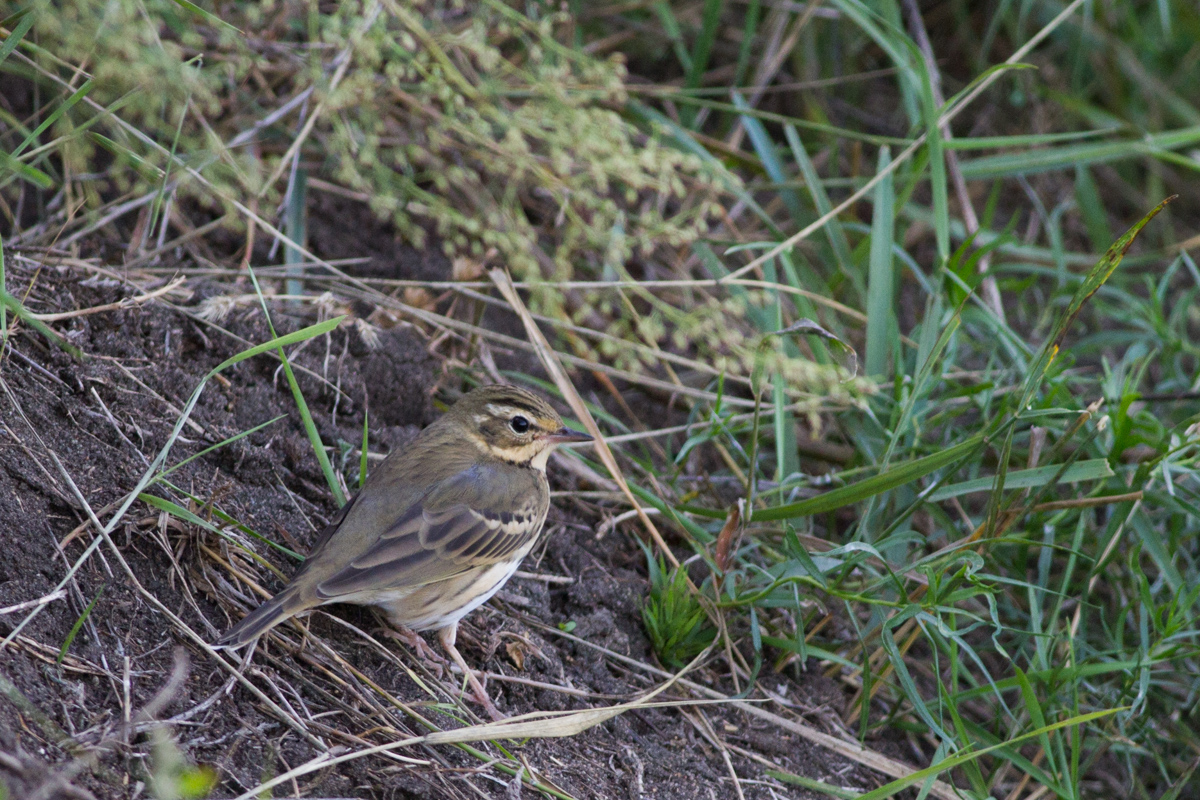 Olive-backed Pipit
Olive-backed Pipit
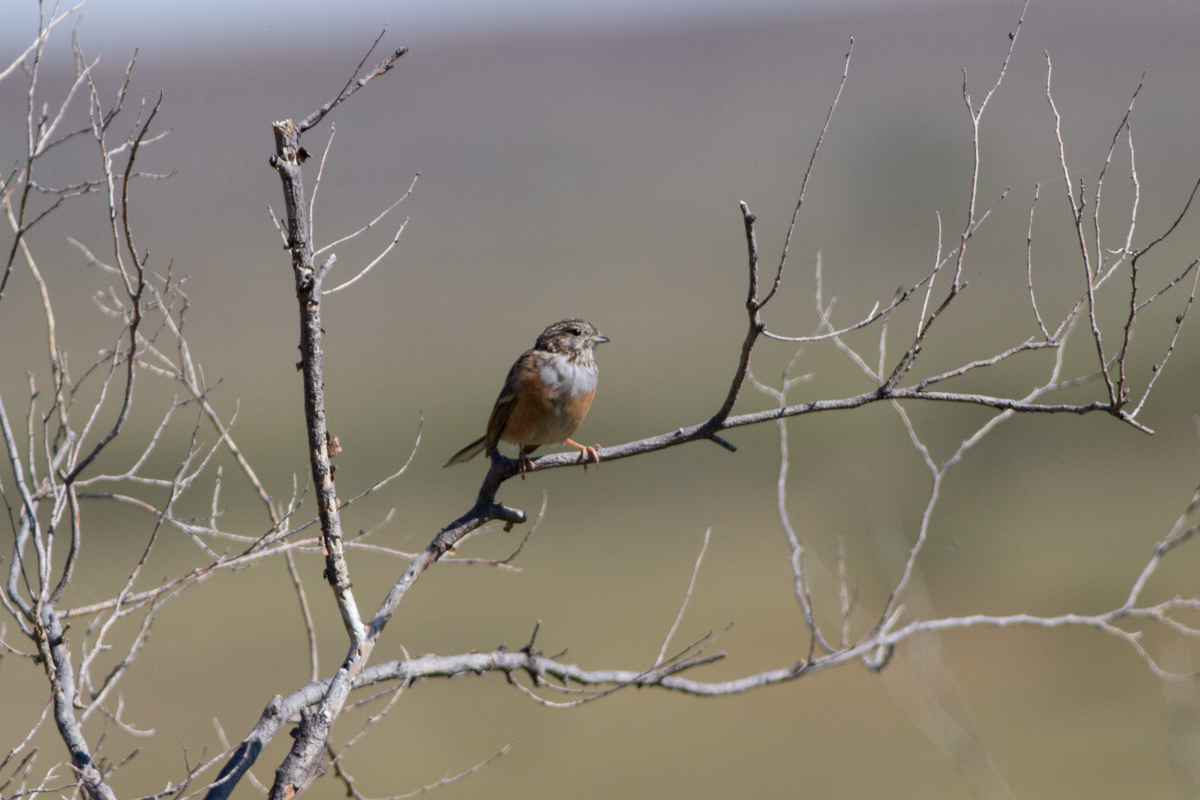 Probably a juvenile Godlewski's Bunting
Probably a juvenile Godlewski's Bunting
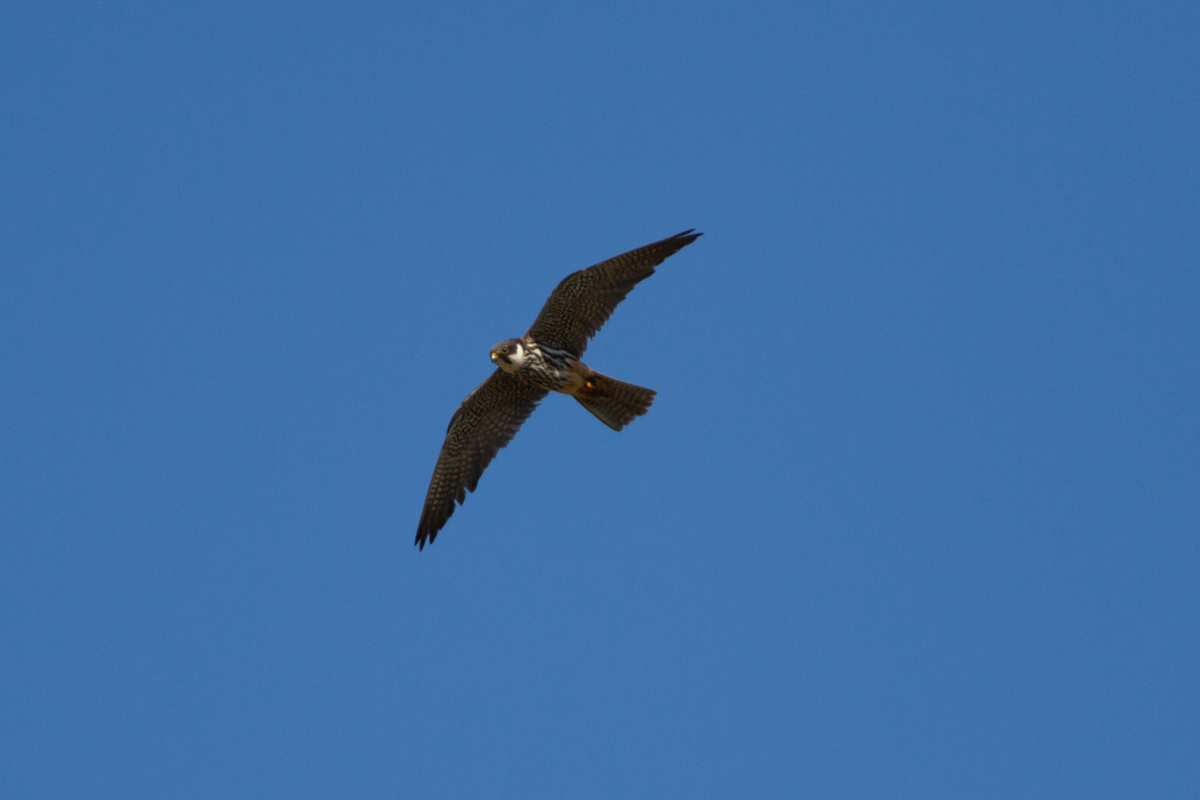 Eurasian Hobby
Eurasian Hobby
Afternoon heat soon picked up and we drove further north towards Buir lake. On the way, we checked some 1939 Khalkhin Gol war (Soviet Union vs Japan) memorials each hosting fenced tree plantation and statues. These proved to be a haven for Daurian Partridges from migrating raptors. Consequently, we found big groups of partridges at each of these memorial sites. While driving another male Amur Falcon chased by Chinese Grey Shrike was also seen from the car.
 Daurian Partridges © Bolormunkh Erdenekhuu
Daurian Partridges © Bolormunkh Erdenekhuu
Late afternoon we arrived at Ankhaa’s relative to inquire about the whereabouts of Raccoon Dog. He owns an abandoned soviet fruit tree plantation which is now all heavily degraded due to livestock grazing and poor maintenance. Few groves of Elms survived well and I watched these trees all evening for incoming migrants.
First I surprised by hundreds of anxious Little Buntings landing in big flocks and taking off restlessly. Sometimes they would take off and circle the area few times and land again or head straight to south. But more and more Little Buntings were continuously arriving. Among them, I managed to spot one male and 2 female Yellow-browed Buntings and single Yellow-throated/Elegant Bunting unexpectedly. I was overjoyed finding this rare species finally. It was one of my top target species during last year’s autumn trip to the east. But the entire trip resulted none, unfortunately.
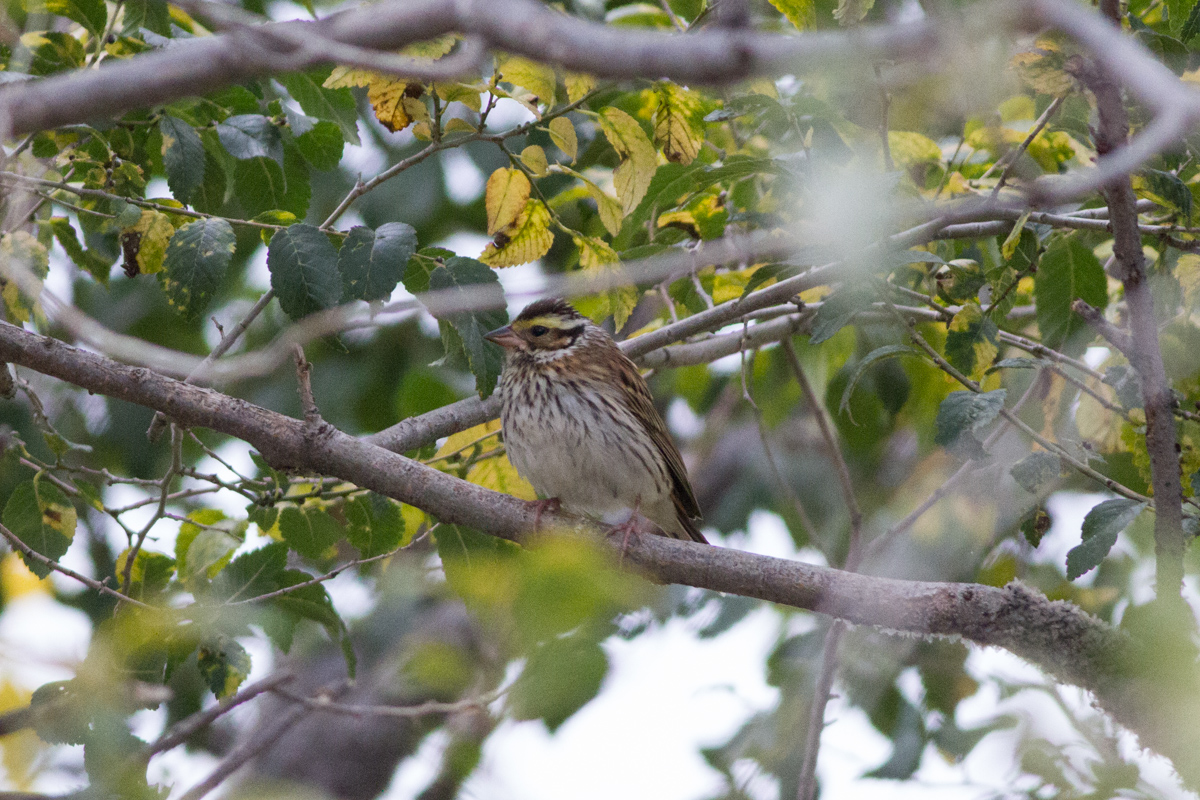 Yellow-browed Bunting © Bolormunkh Erdenekhuu
Yellow-browed Bunting © Bolormunkh Erdenekhuu
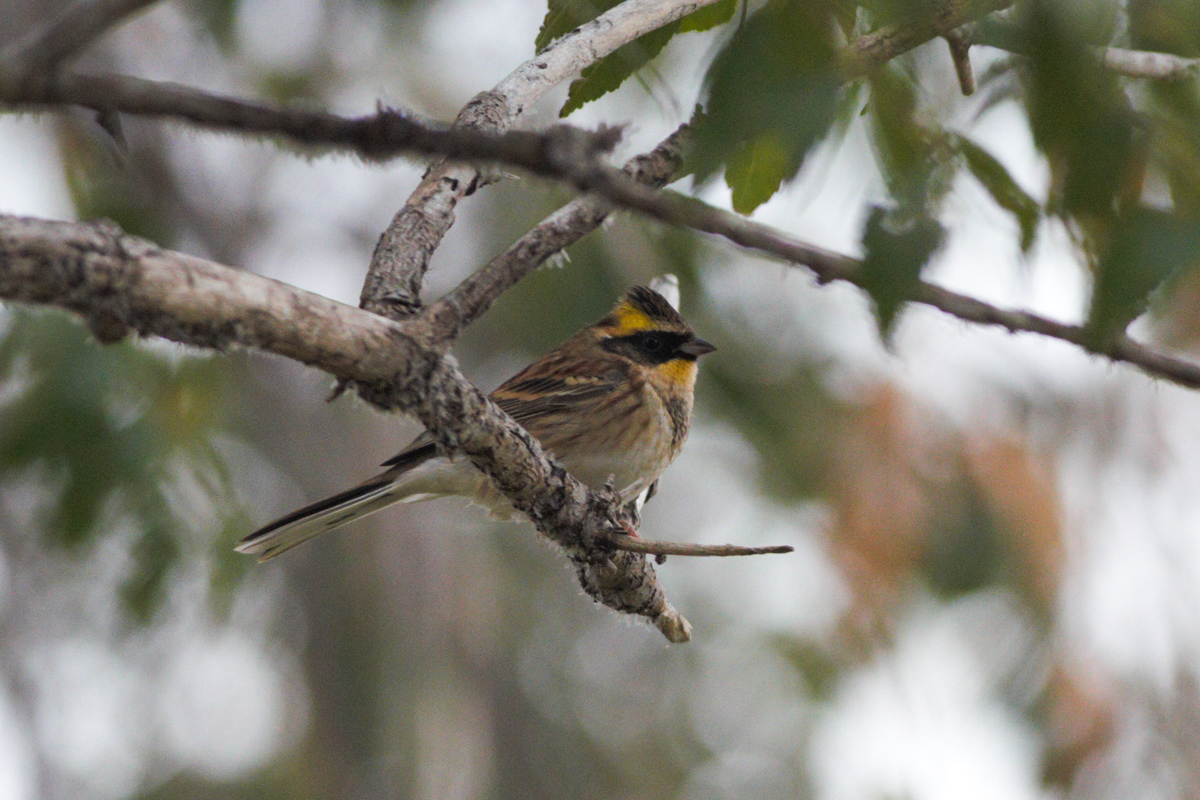 Yellow-throated Bunting © Bolormunkh Erdenekhuu
Yellow-throated Bunting © Bolormunkh Erdenekhuu
It was really agitated like the others and I quickly managed to take a few record shots in poor light. Immediately I rushed to Otgonbayar and told him about the finding. Meantime leading him back towards the elms trees, suddenly a pair of Euriasian Sparrow hawks arrived and disturbed every bunting into the sky. Some of them returned to the trees but we failed to find the bunting again. Later small groups of Bramblings were added to the restless buntings. A small flock of Swan Geese headed east over the river.
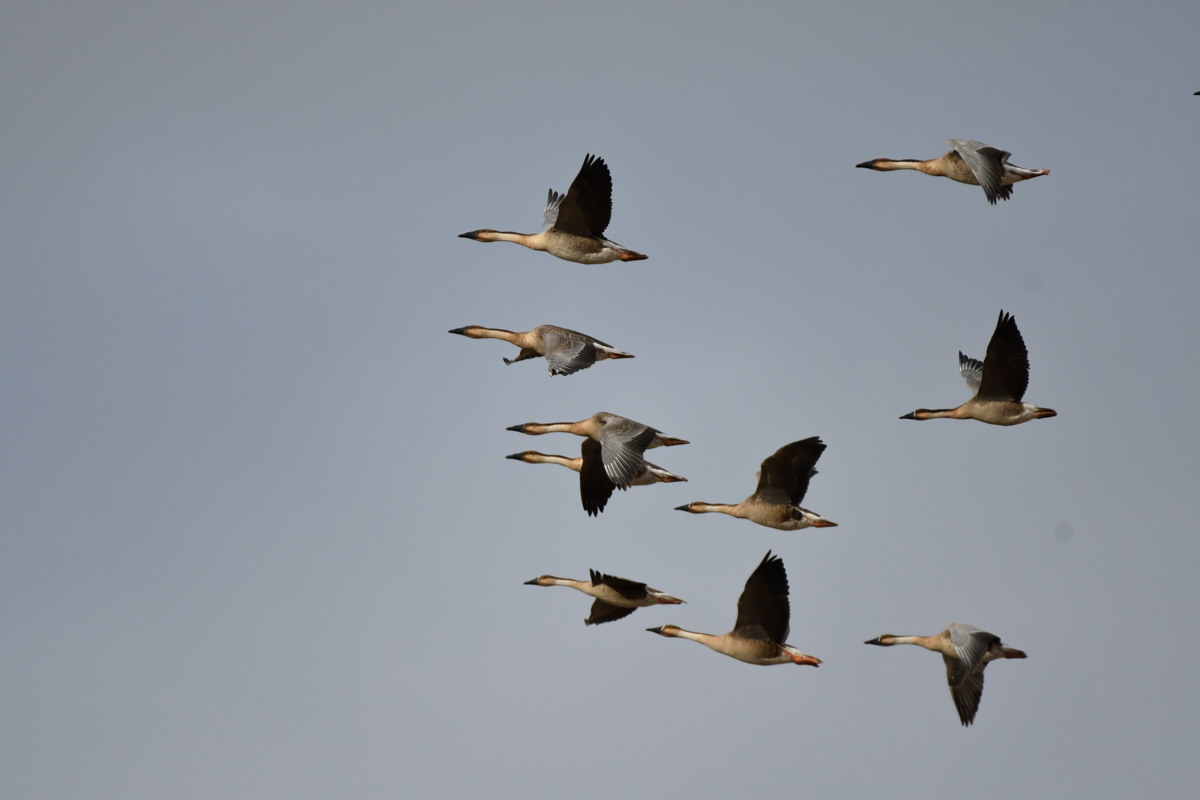 Swan Geese © Bolormunkh Erdenekhuu
Swan Geese © Bolormunkh Erdenekhuu
Right before sunset giant flock of (up to 600 individuals) Daurian Jackdaws started screaming their lungs out and flew up and down on the riparian forest like a tornado and warned us what is coming the next day.
The weather of the calm evening was replaced with bone chilling snowstorm at midnight. Our tents got bombarded with cold wind and blizzards all night. The next morning we got up and saw what is happening outside, it seemed like winter had suddenly arrived.
Seeing about 20cm of snow cover on the ground, we discussed the situation and decided to return straight to Ulaanbaatar from here. After an entire day of bumpy and treacherous drive, nearly got stuck in the snow several times, thanks to Otgonbayar's incredible driving skill, we safely arrived at Choibalsan town in the evening of 16 Sep, thus concluding the trip.
I was content with the result of the trip and glad to explore a few new sites in Dornod Mongol SPA. Since the trip wasn’t an exclusively birding trip, the number of bird species we observed (about 75) was somewhat low, but we could have easily added a hundred more if we checked the Buir and other adjacent lakes. In the autumn of 2019, I checked the lakes thoroughly with the German group so within a limited time frame we decided to skip the lakes.
Some other mammal species were seen during the trip:
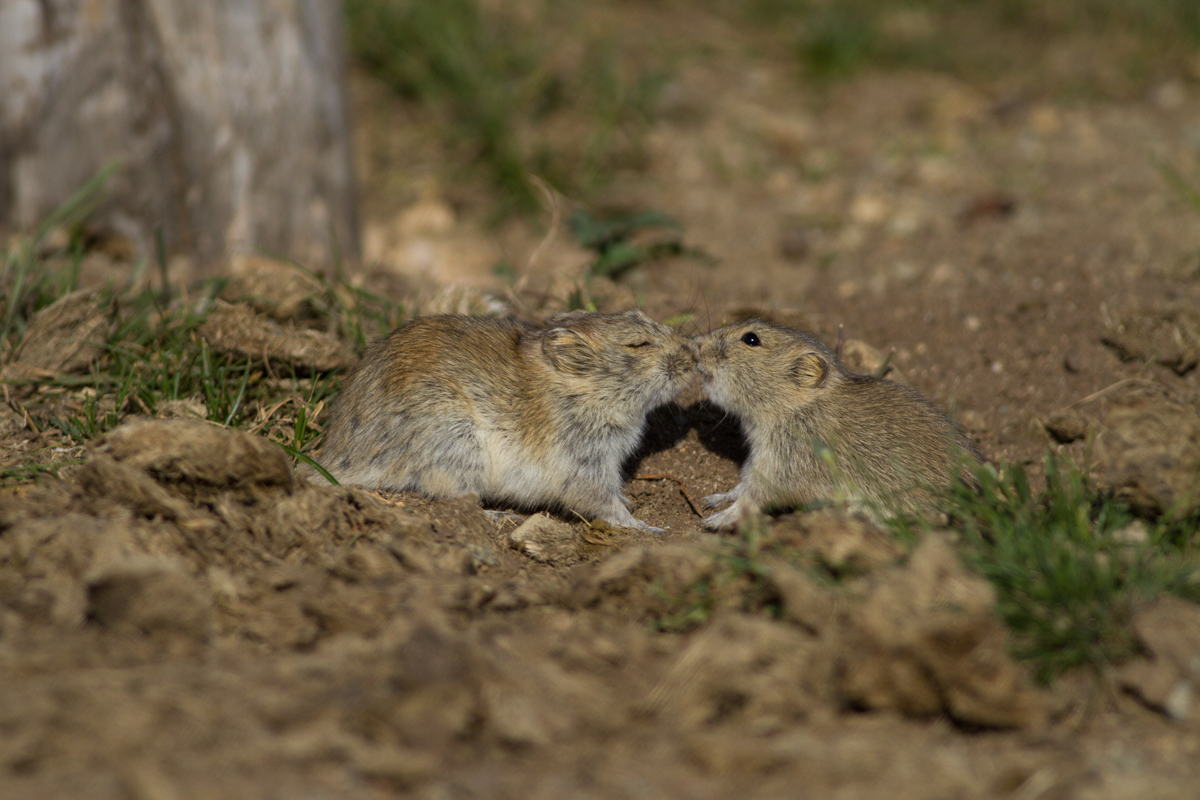 Brandt's Vole, young lover's first kiss © Bolormunkh Erdenekhuu
Brandt's Vole, young lover's first kiss © Bolormunkh Erdenekhuu
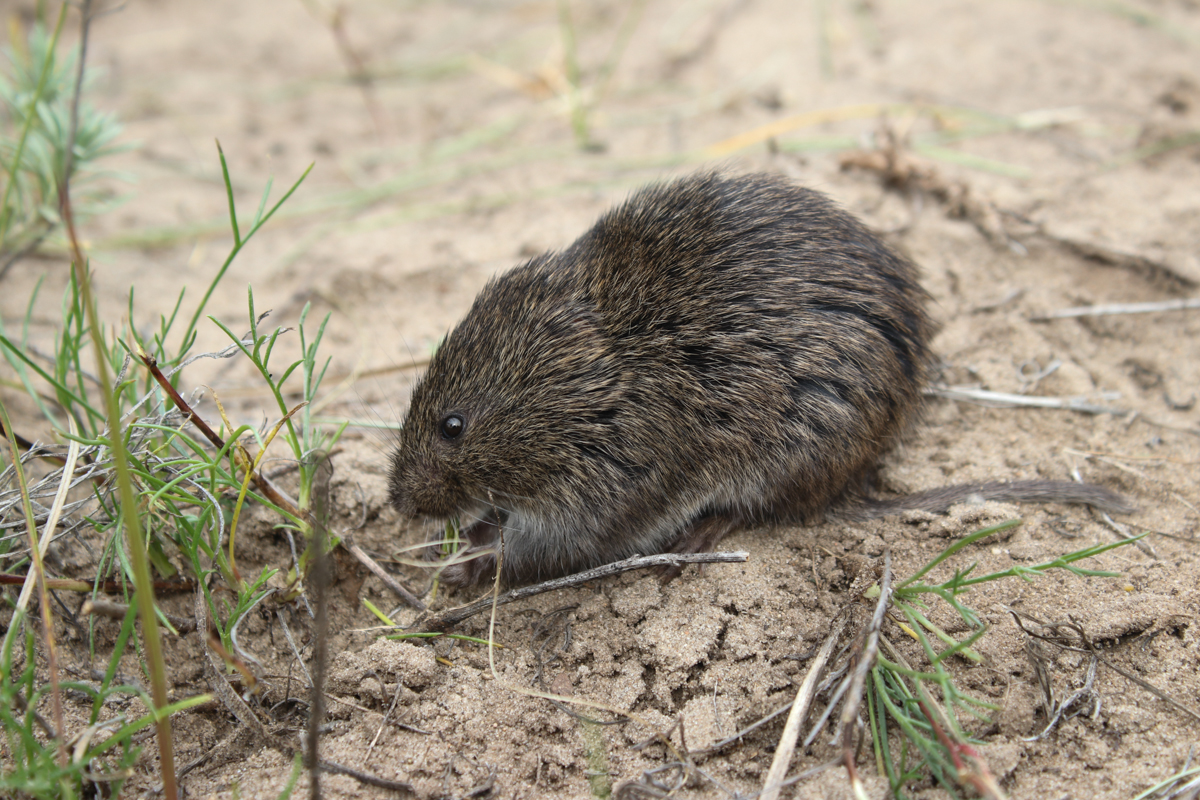 Reed Vole (Microtus fortis) © Bolormunkh Erdenekhuu
Reed Vole (Microtus fortis) © Bolormunkh Erdenekhuu
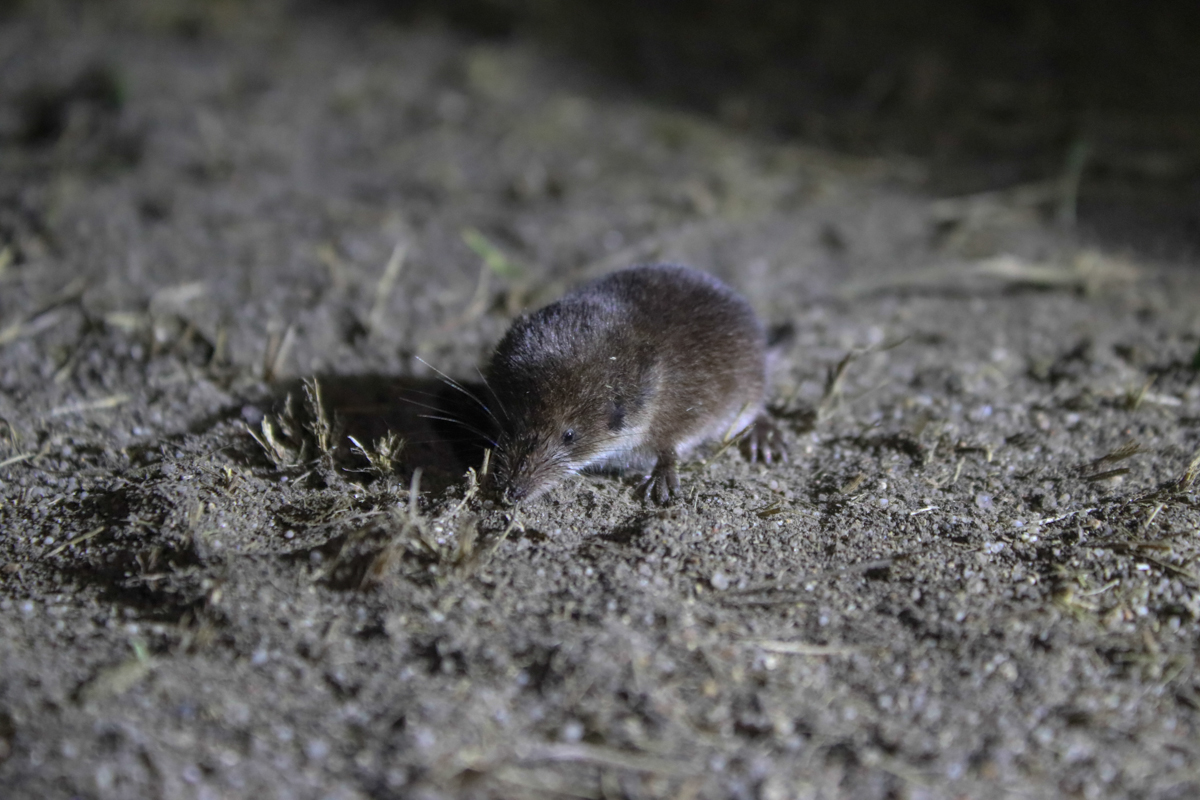 Tundra shrew (Sorex tundrensis) © Bolormunkh Erdenekhuu
Tundra shrew (Sorex tundrensis) © Bolormunkh Erdenekhuu
 Mountain Weasel (Mustela altaica) © Bolormunkh Erdenekhuu
Mountain Weasel (Mustela altaica) © Bolormunkh Erdenekhuu
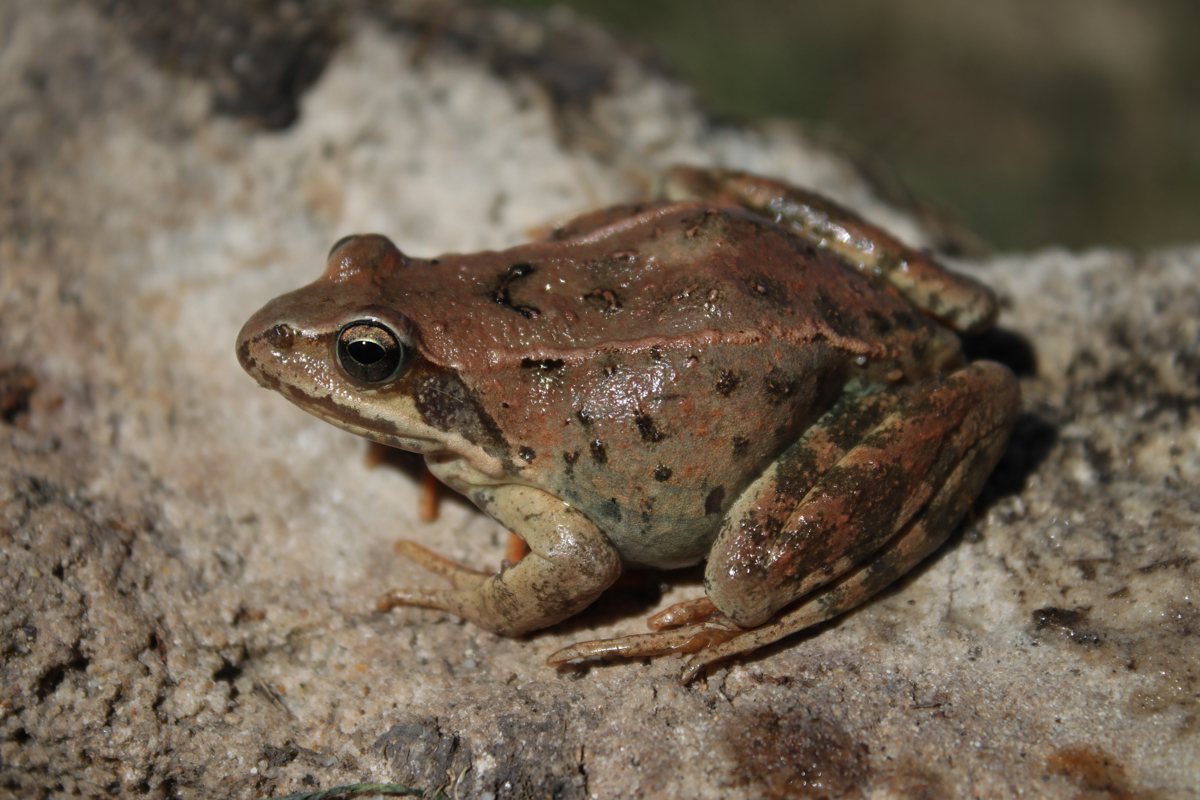 Asiatic Grassfrog (Rana chensinensis) © Bolormunkh Erdenekhuu
Asiatic Grassfrog (Rana chensinensis) © Bolormunkh Erdenekhuu
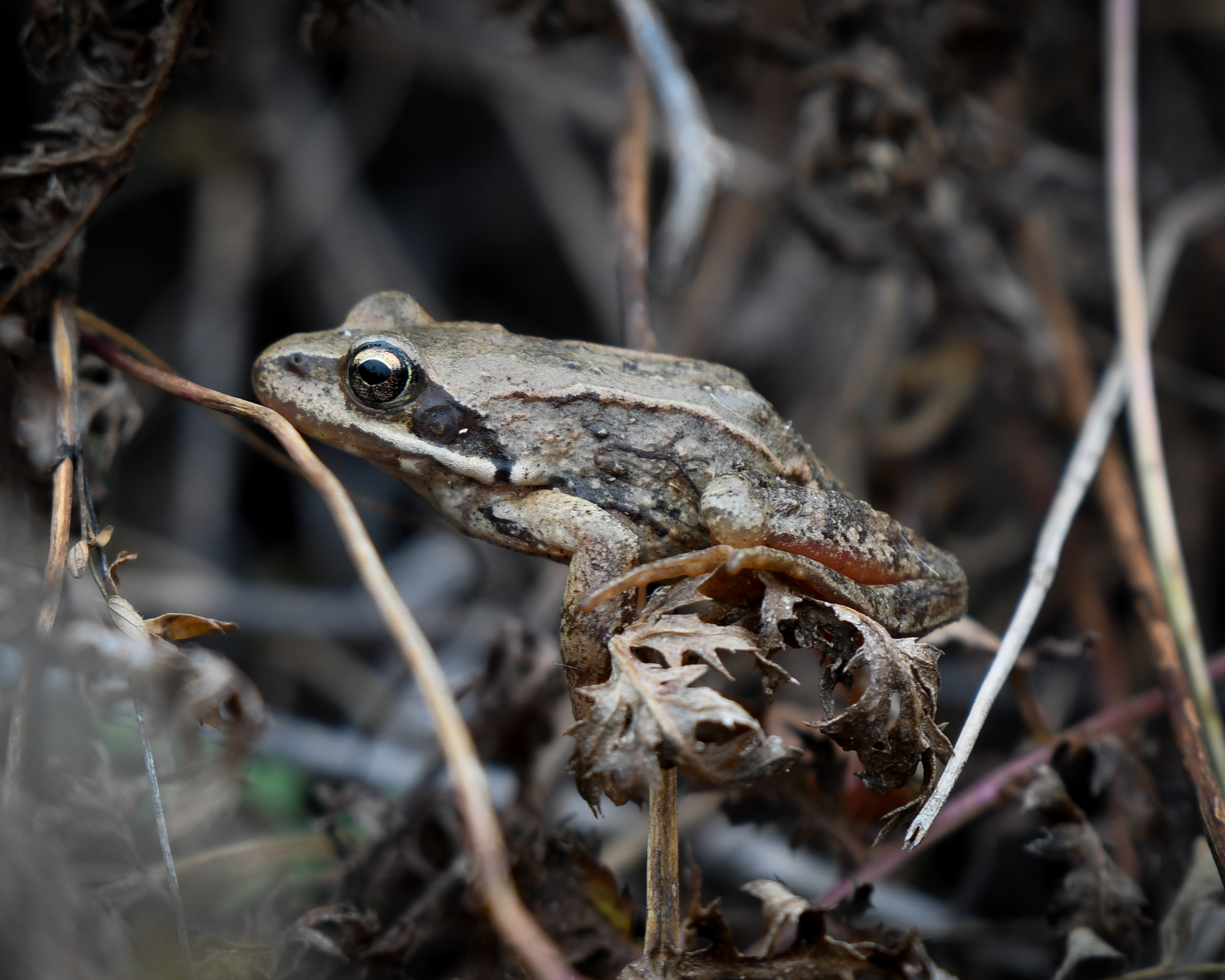 Siberian Woodfrog (Rana camurensis) © Bolormunkh Erdenekhuu
Siberian Woodfrog (Rana camurensis) © Bolormunkh Erdenekhuu



